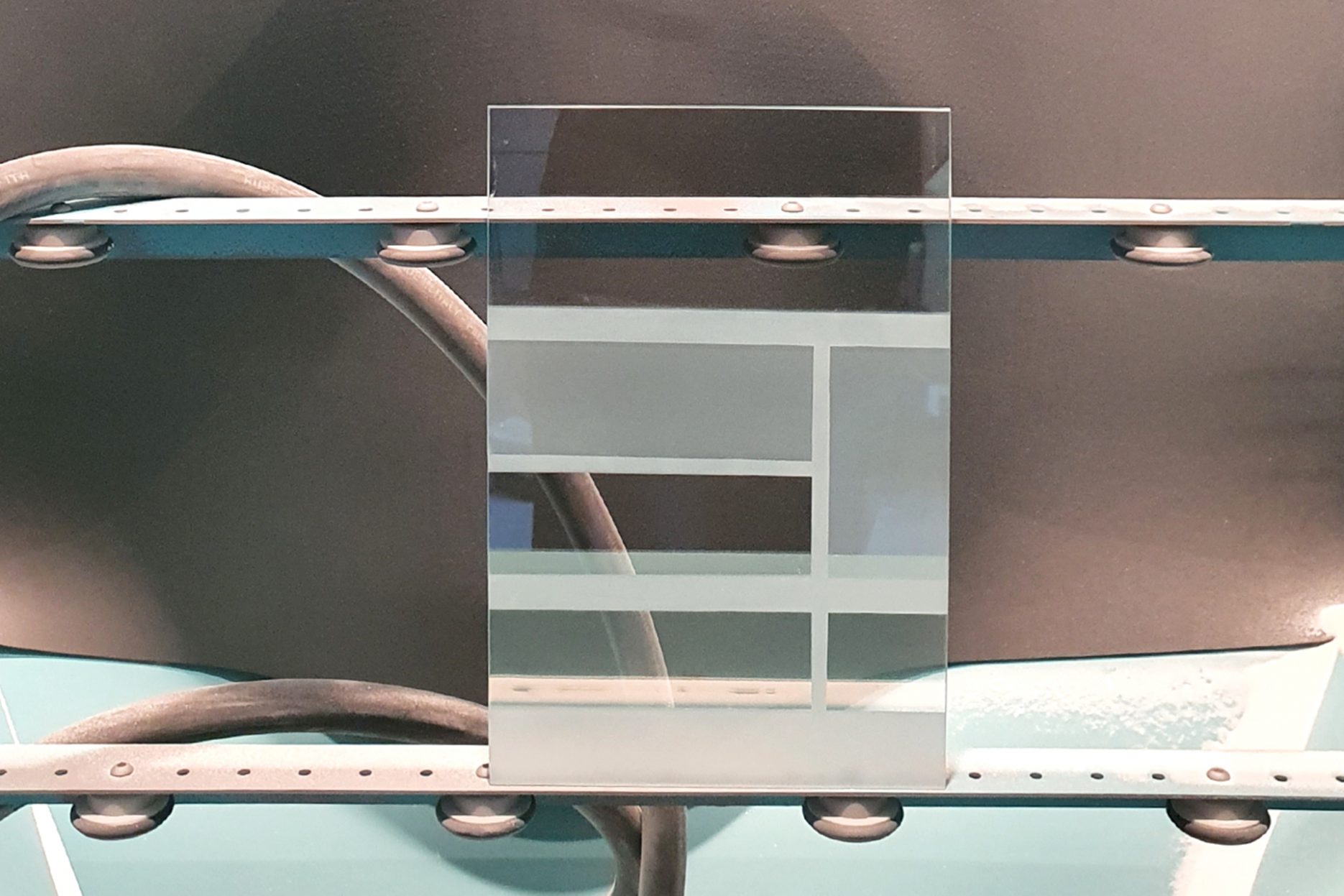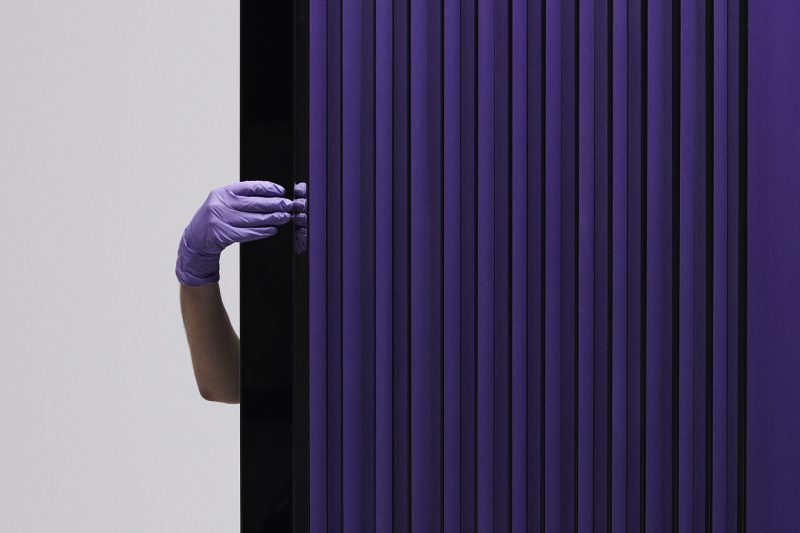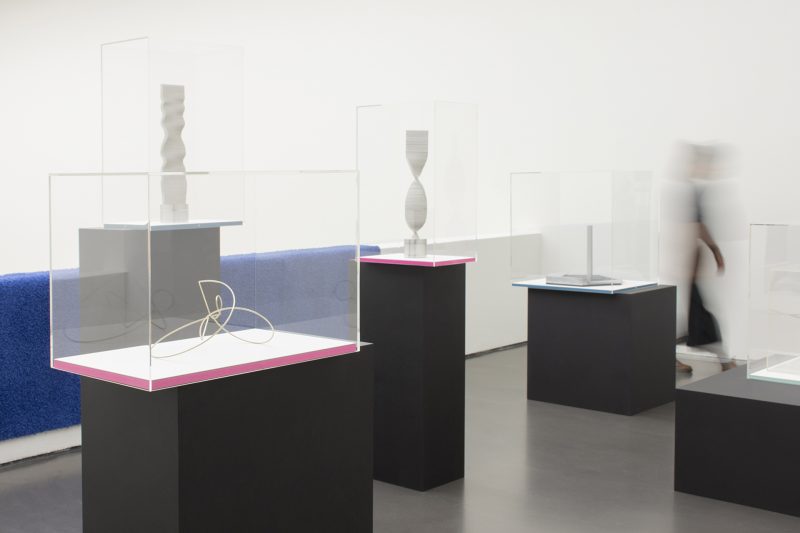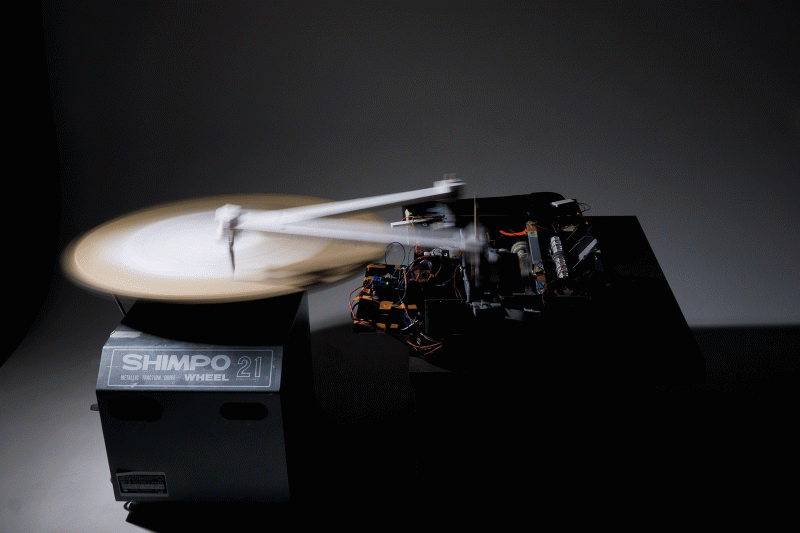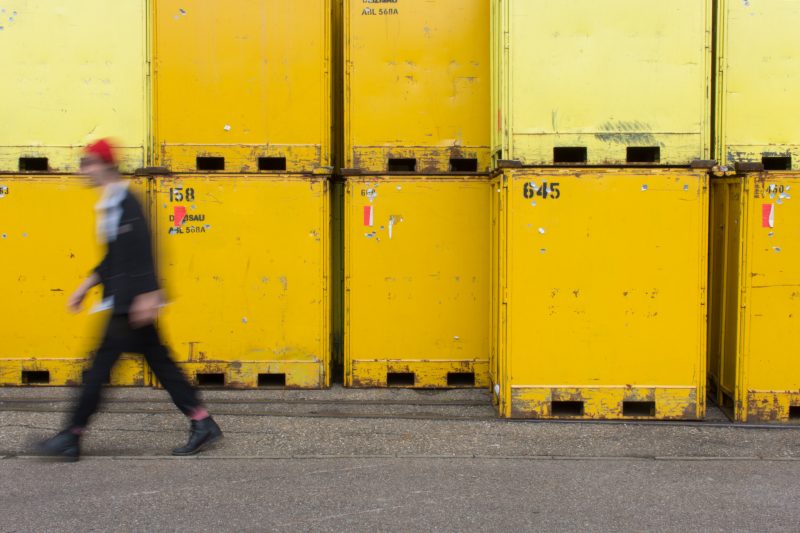Architectural skins open up an open space that dissolves the boundaries between inside and outside. Staircases and pedestals as architectural elements turn the entrance area into both a place of transfer and a place to stay. The project begins with field research into the translucency and framing of glass surfaces in an architectural context. Based on a catalogue of materials, spatial scenes will be curated, which will subsequently form part of the exhibition Reset as part of the Rundgang 2022 at the ABK Stuttgart.

material and colour palette
The material catalogue is based on a conscious arrangement of alternative material approaches that are currently available on the market. In addition, the materials provided by manufacturers are modified through customised design. The range is characterised by a subtle diversity of colours and surfaces.
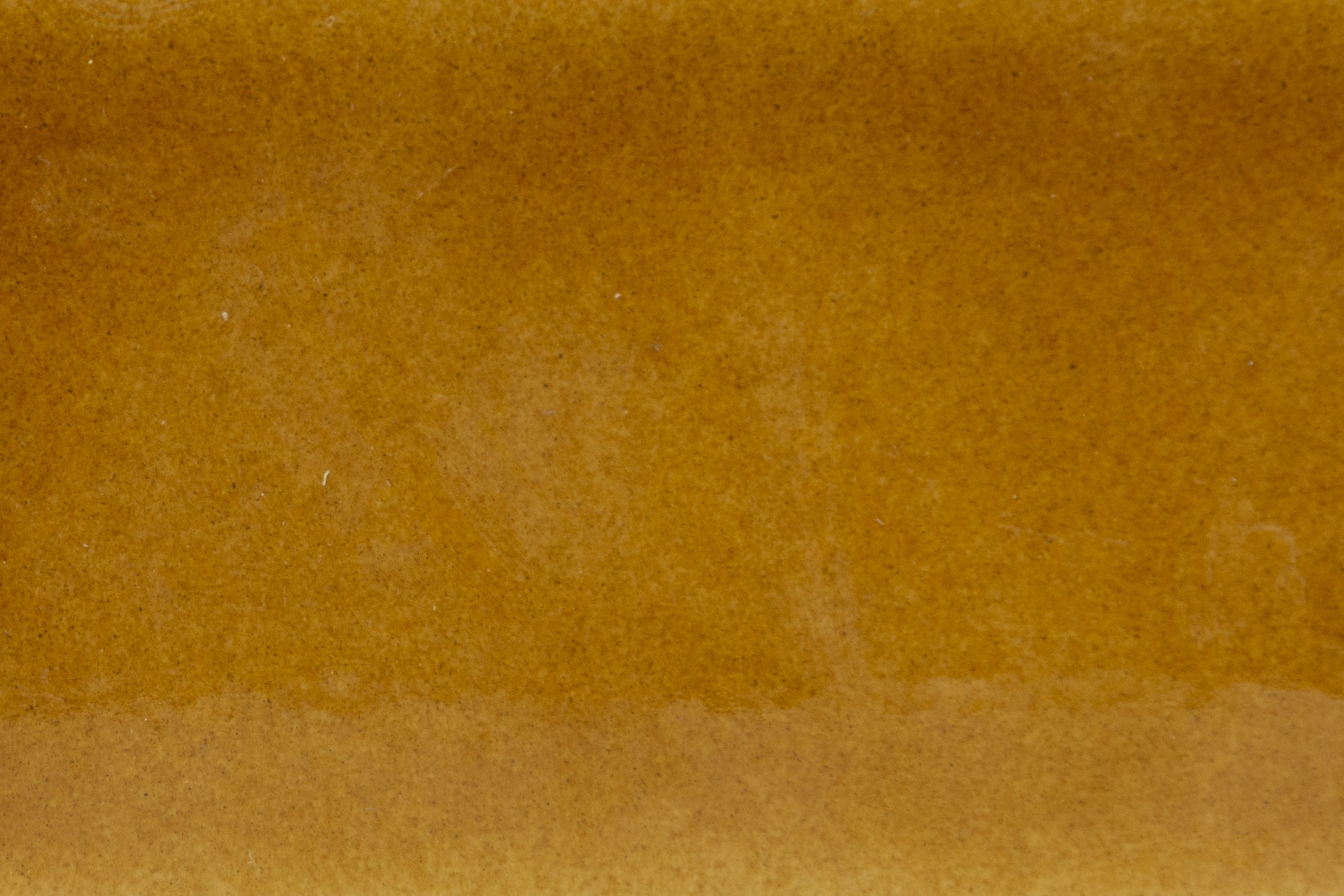
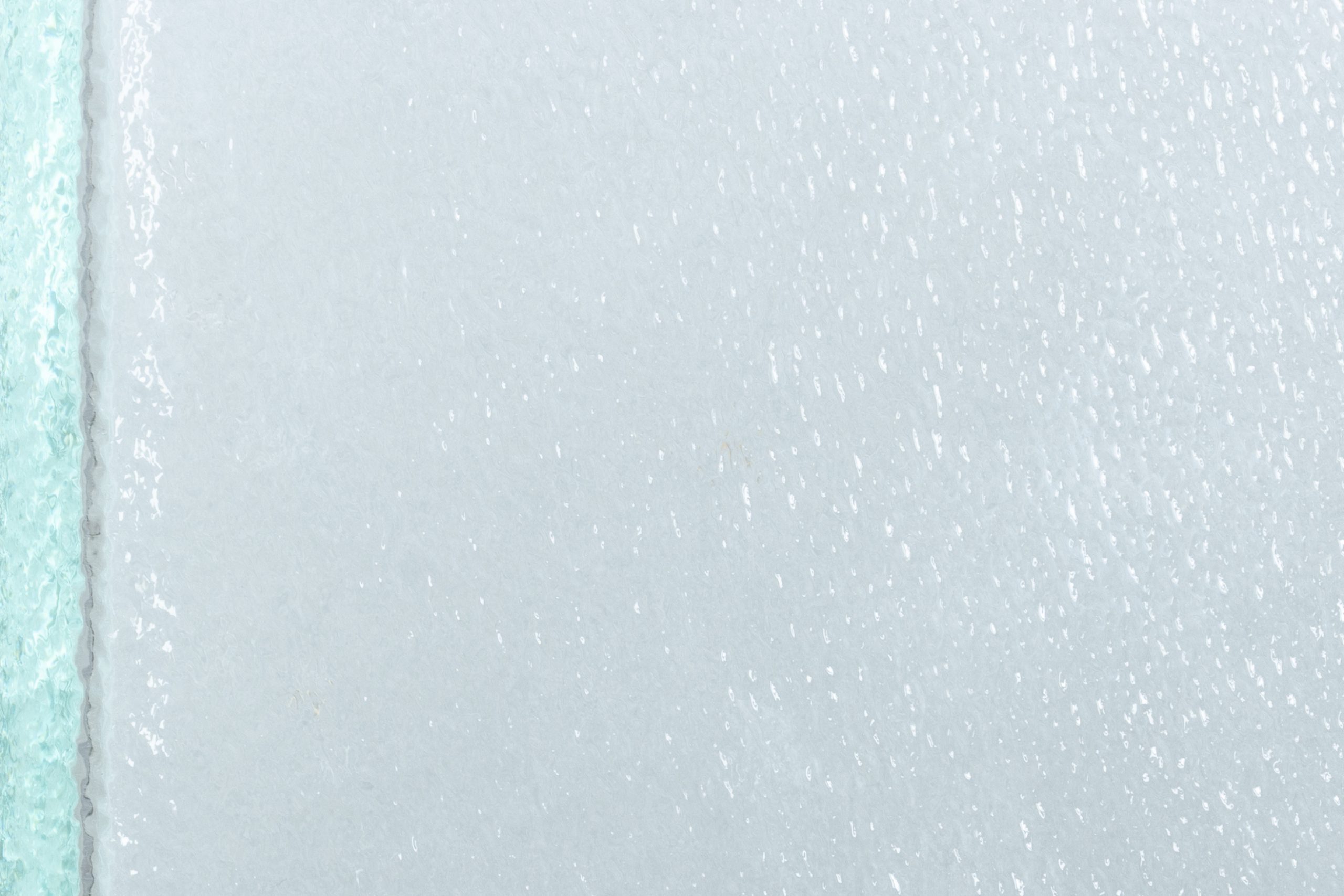
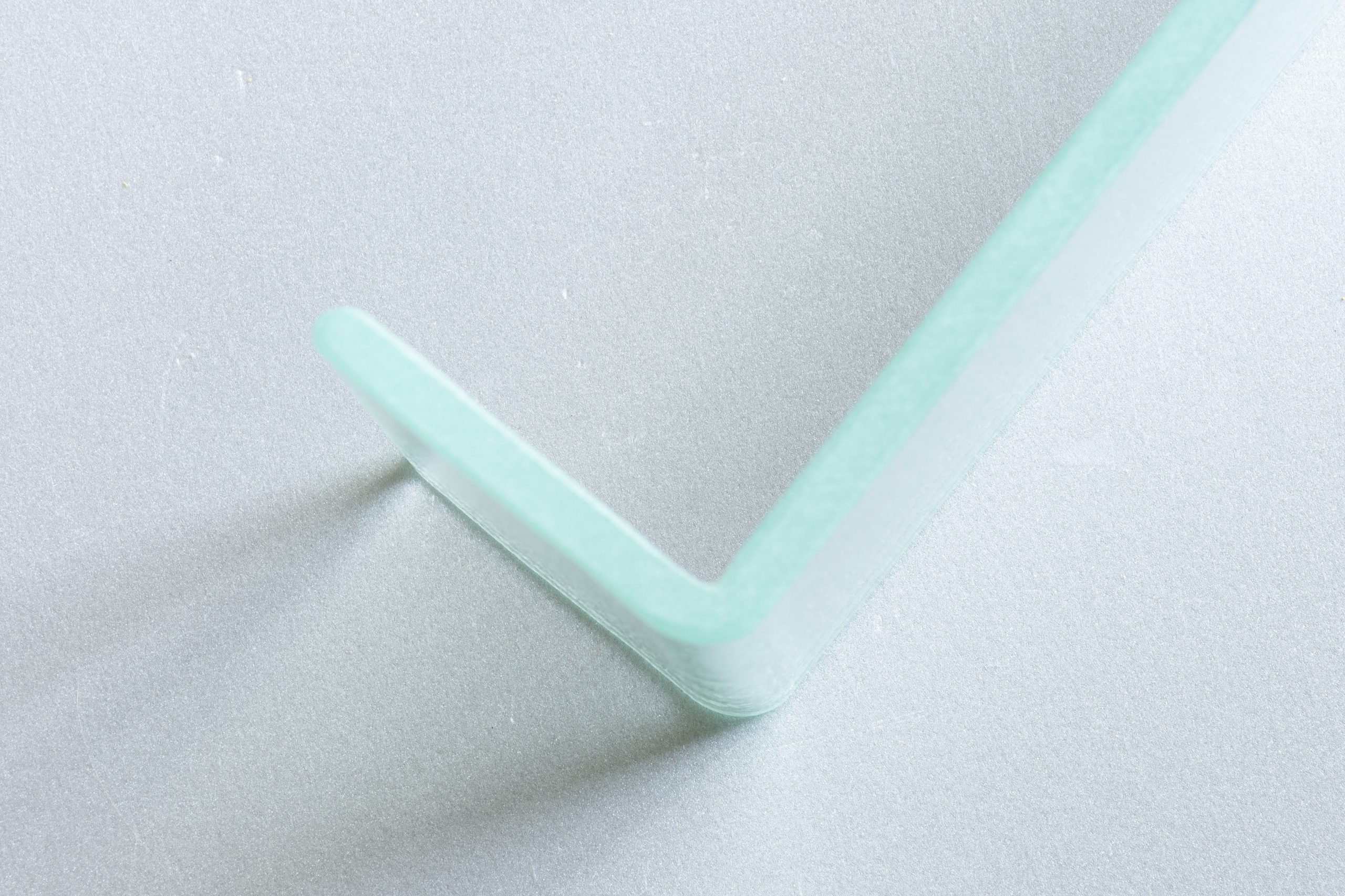

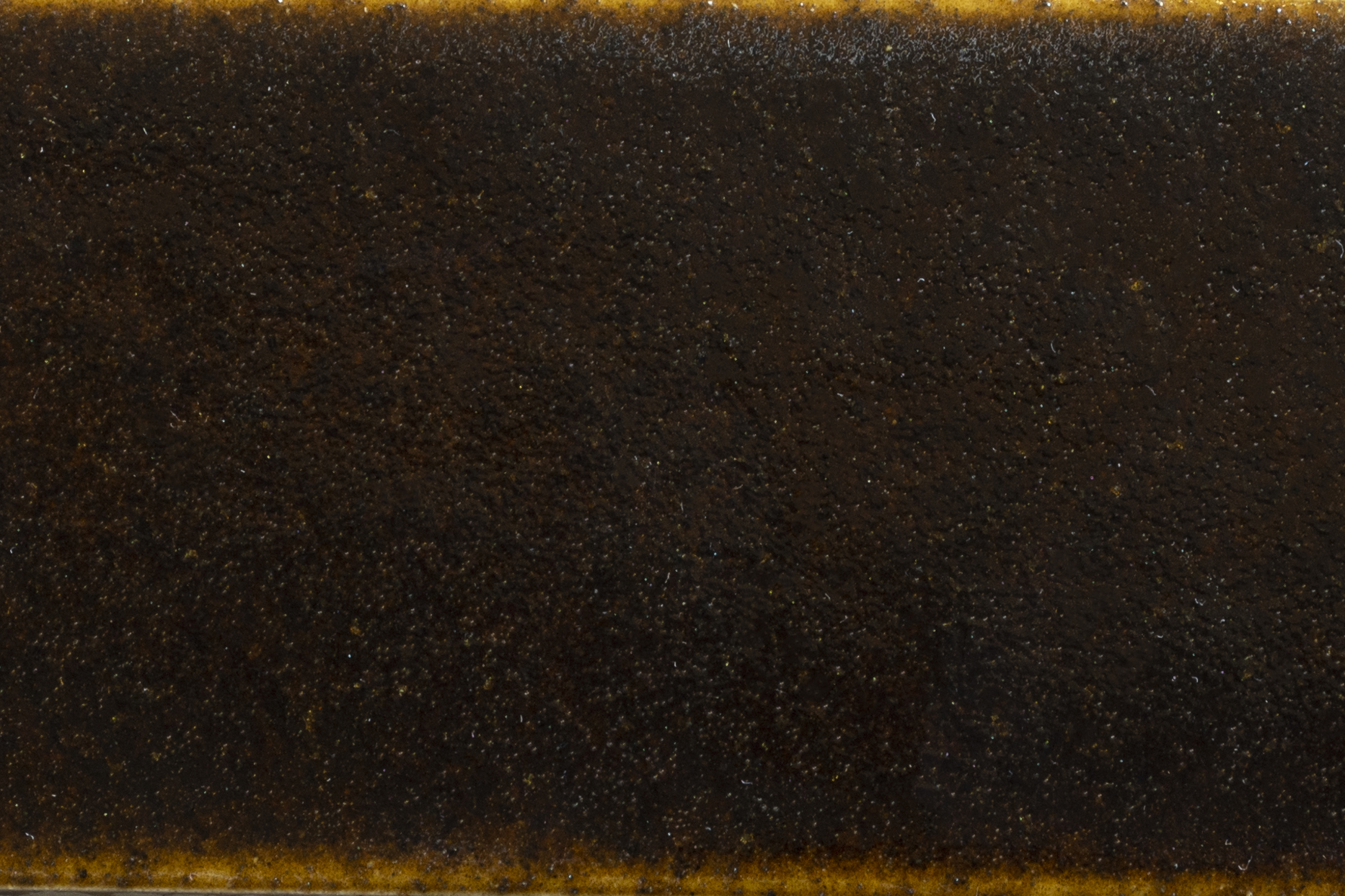
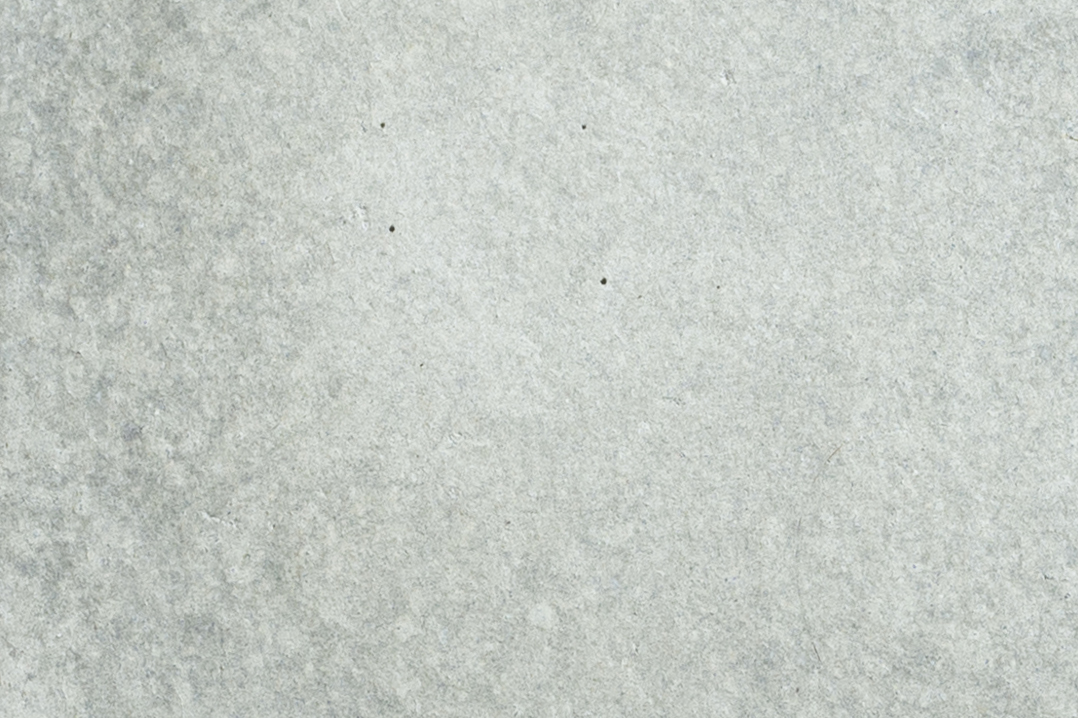
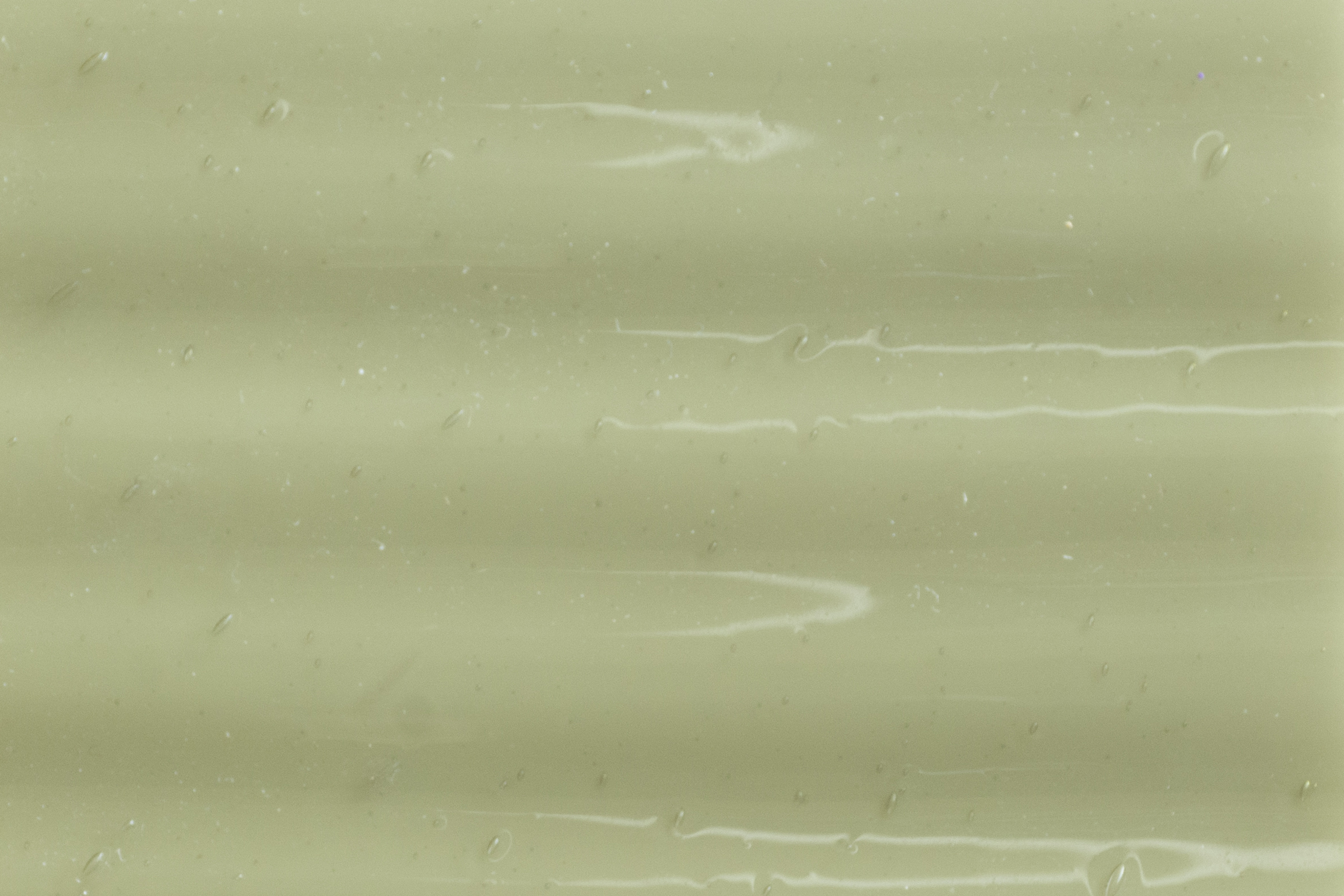
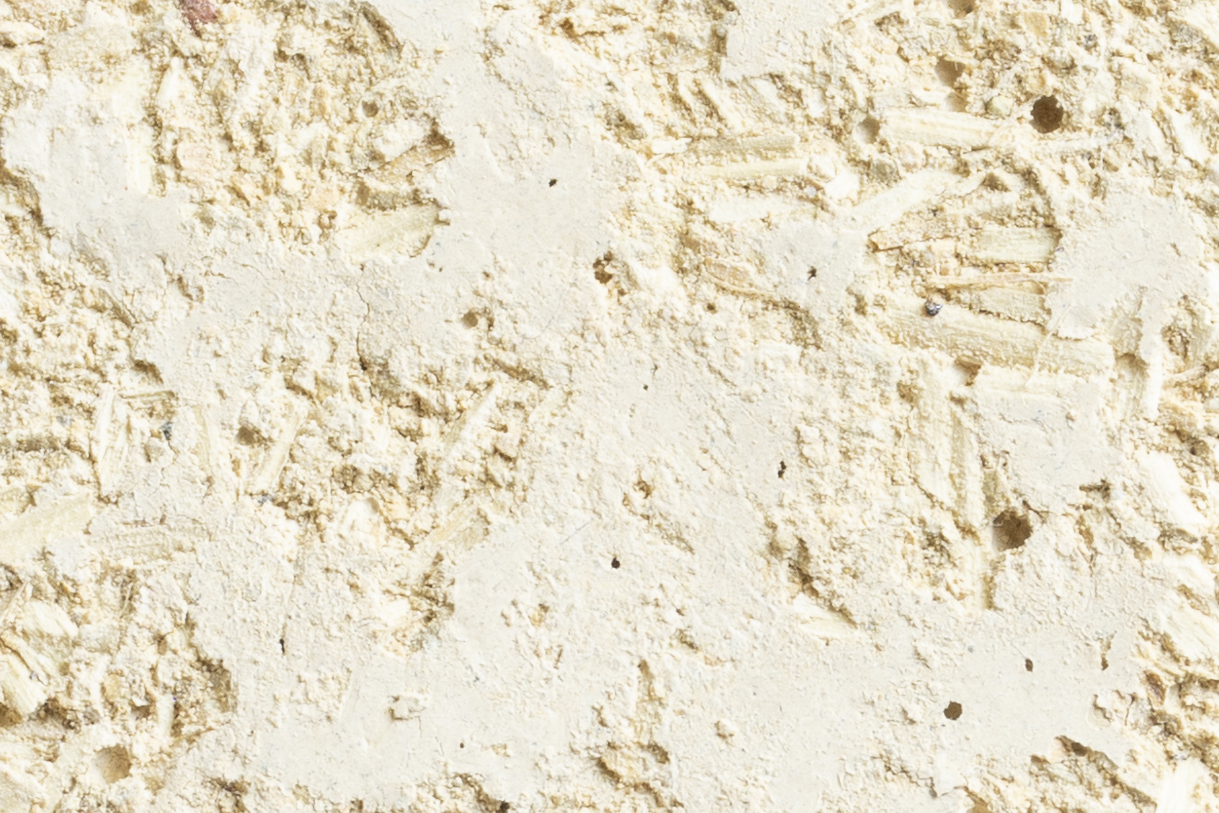
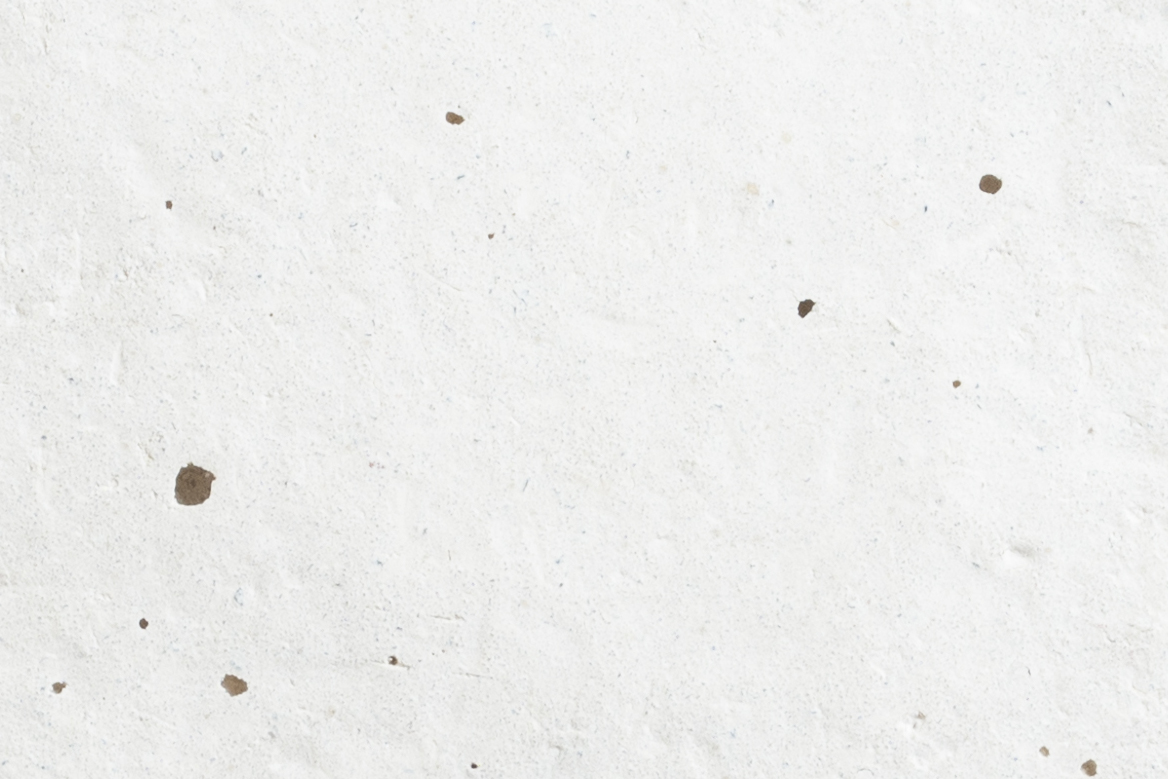
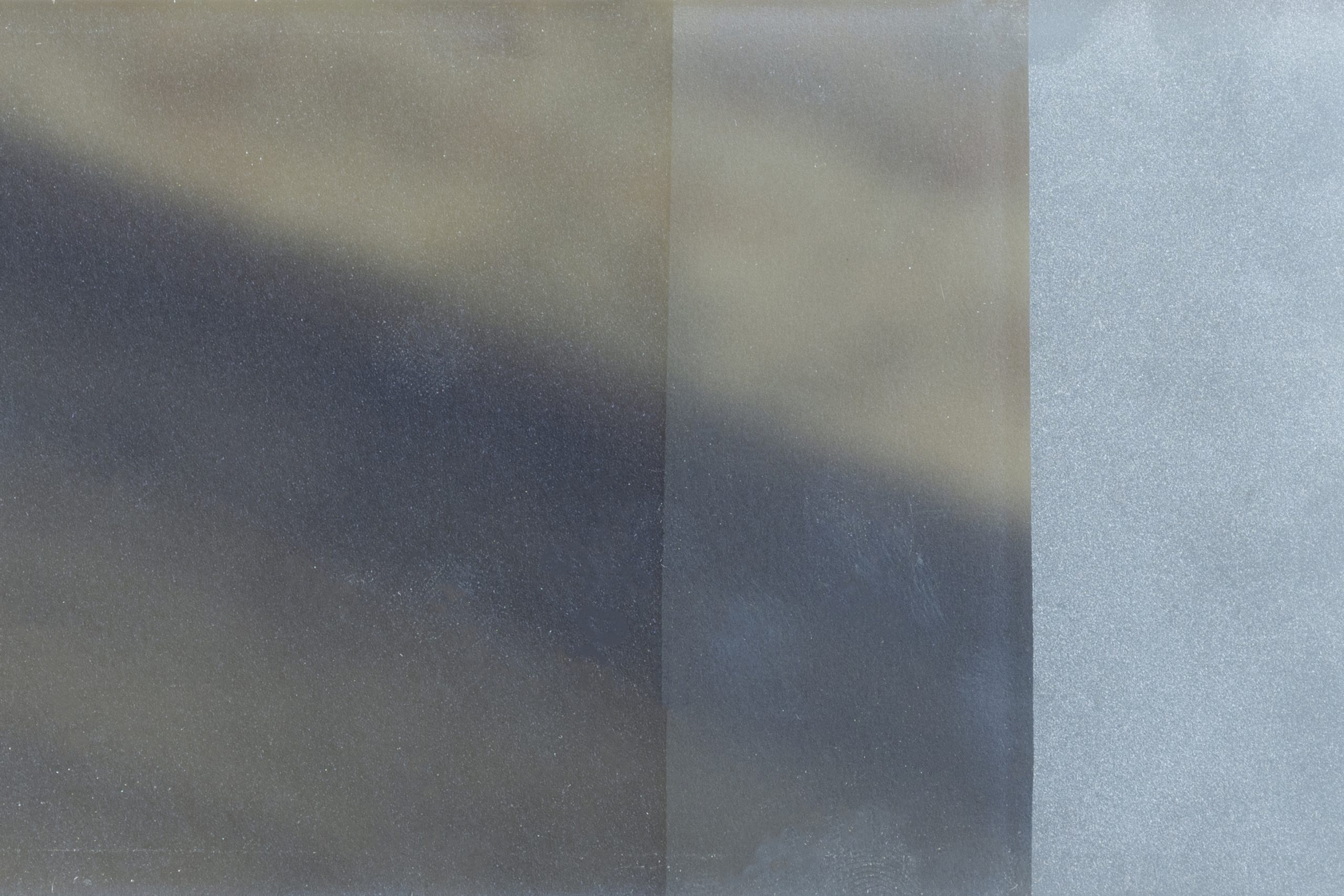
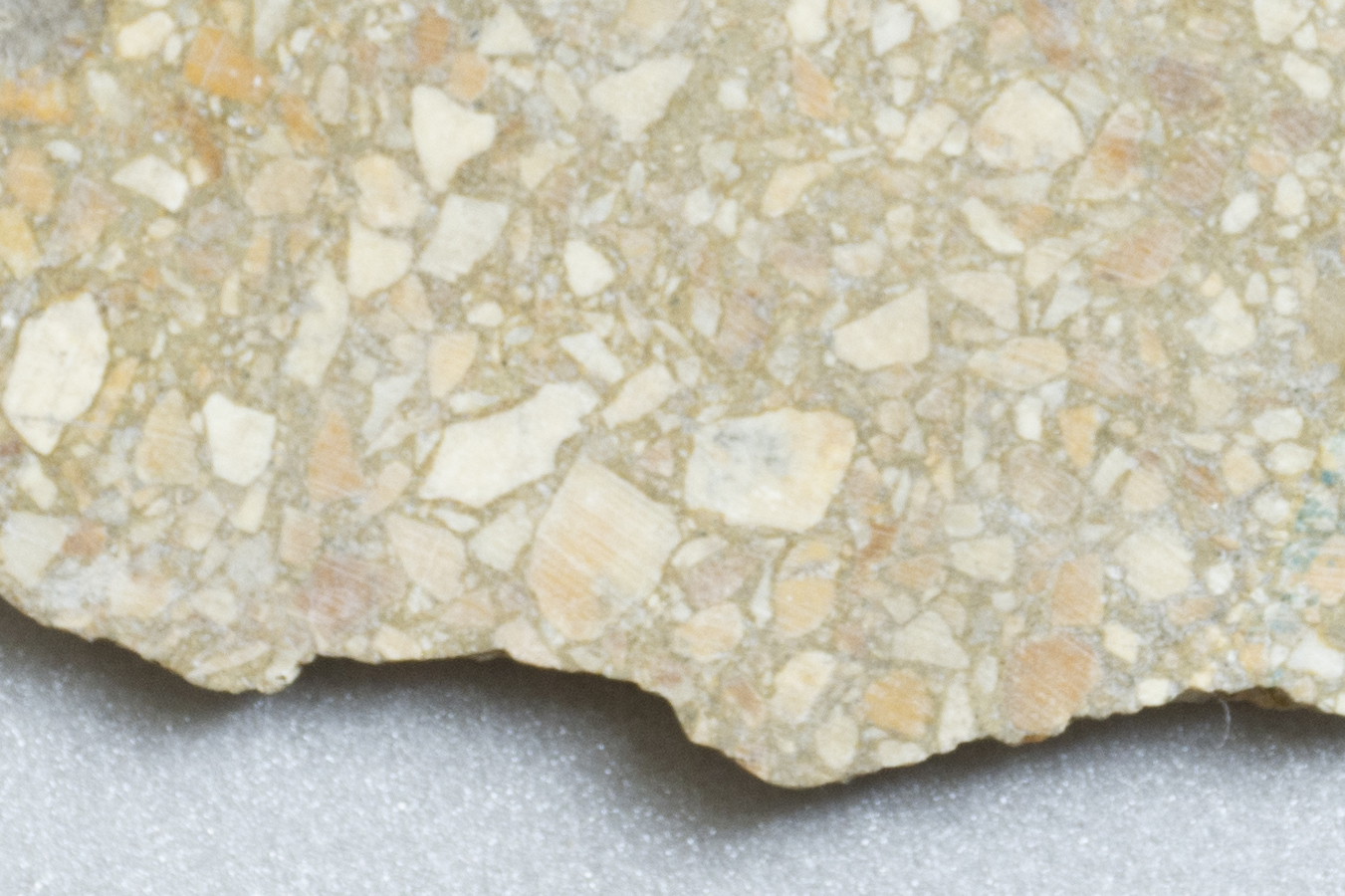

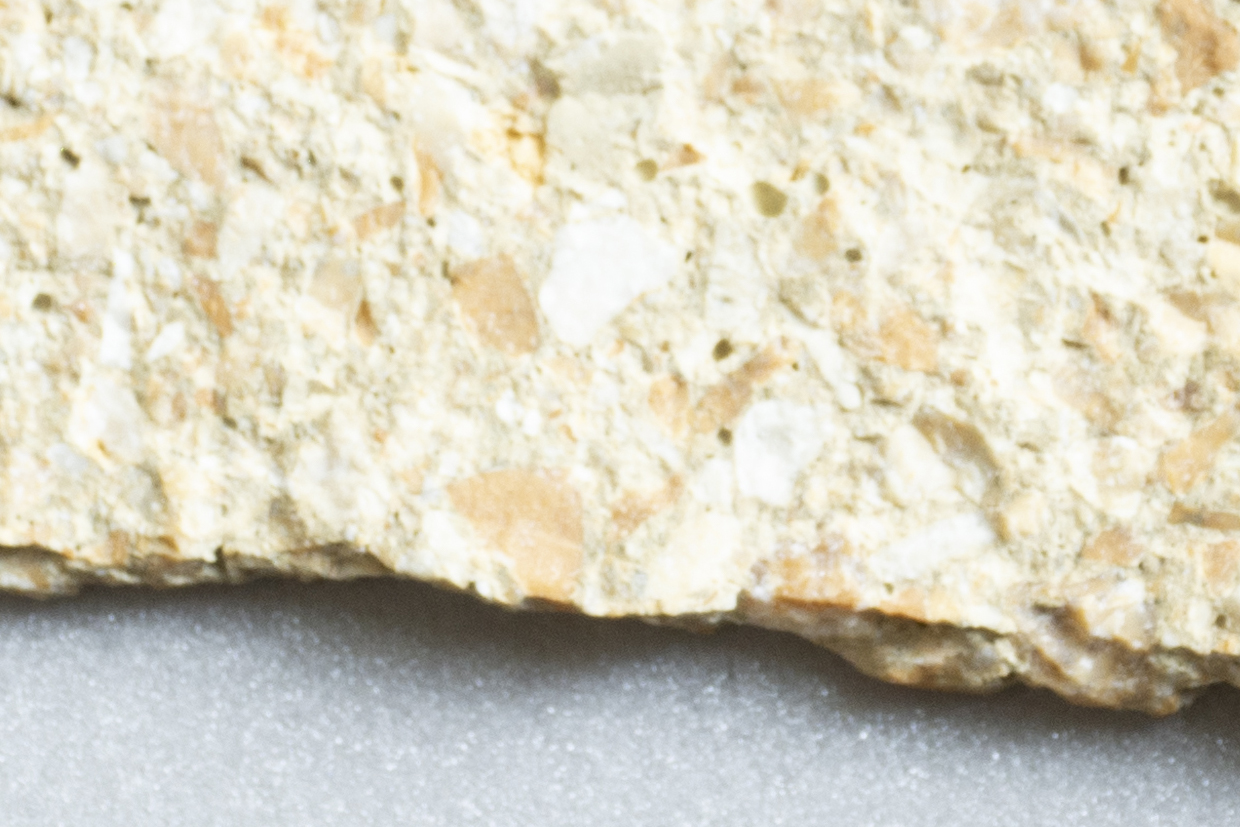
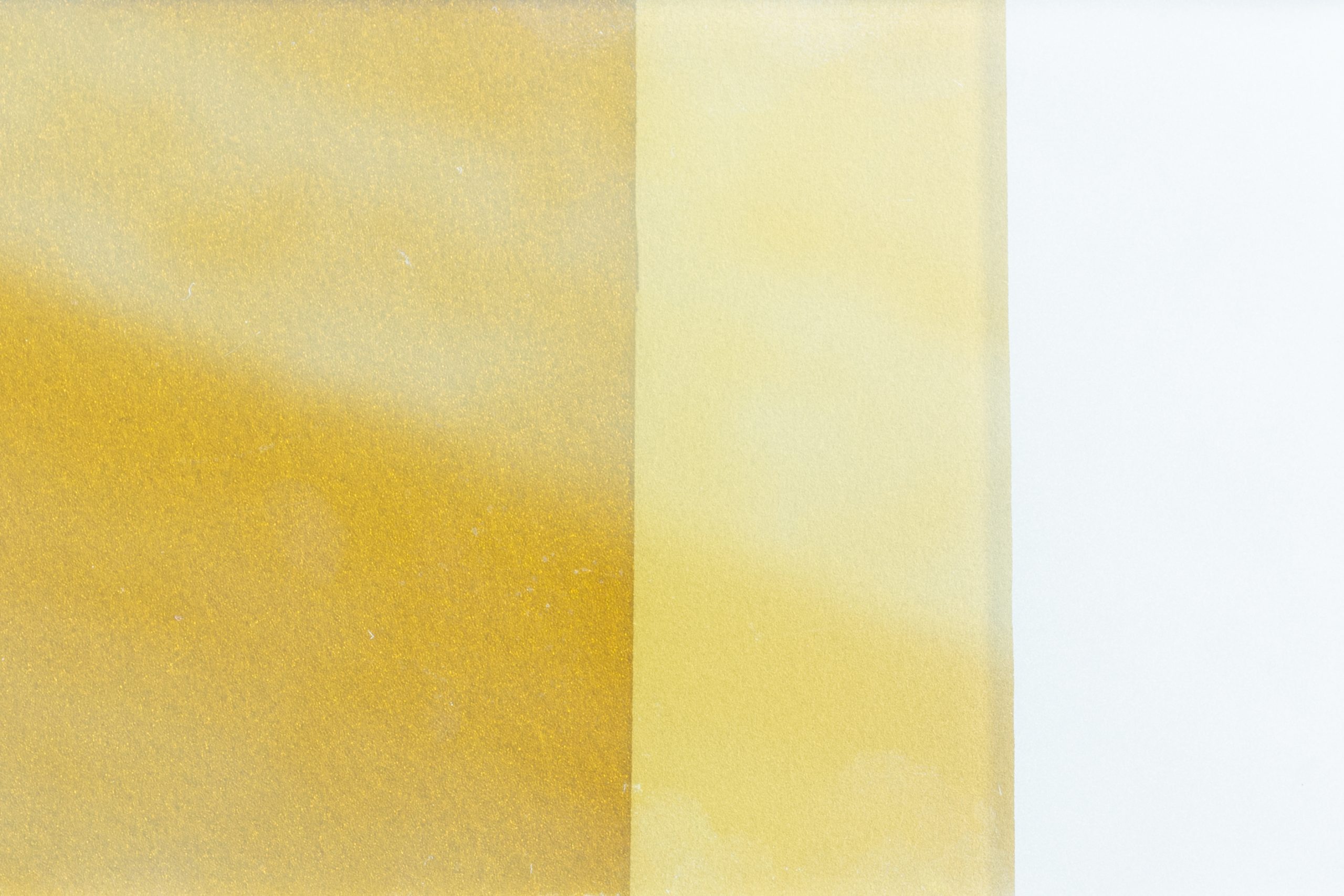
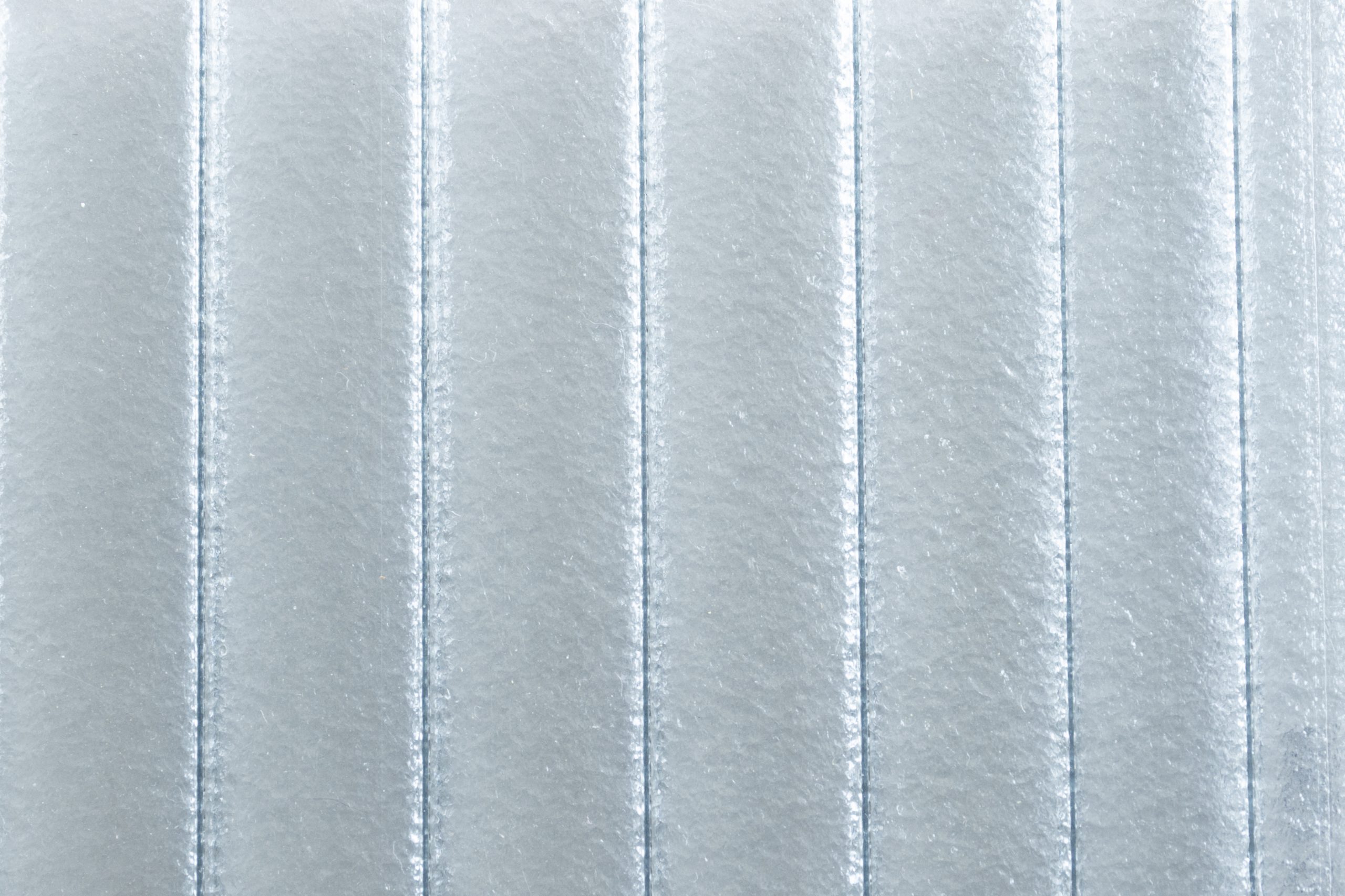
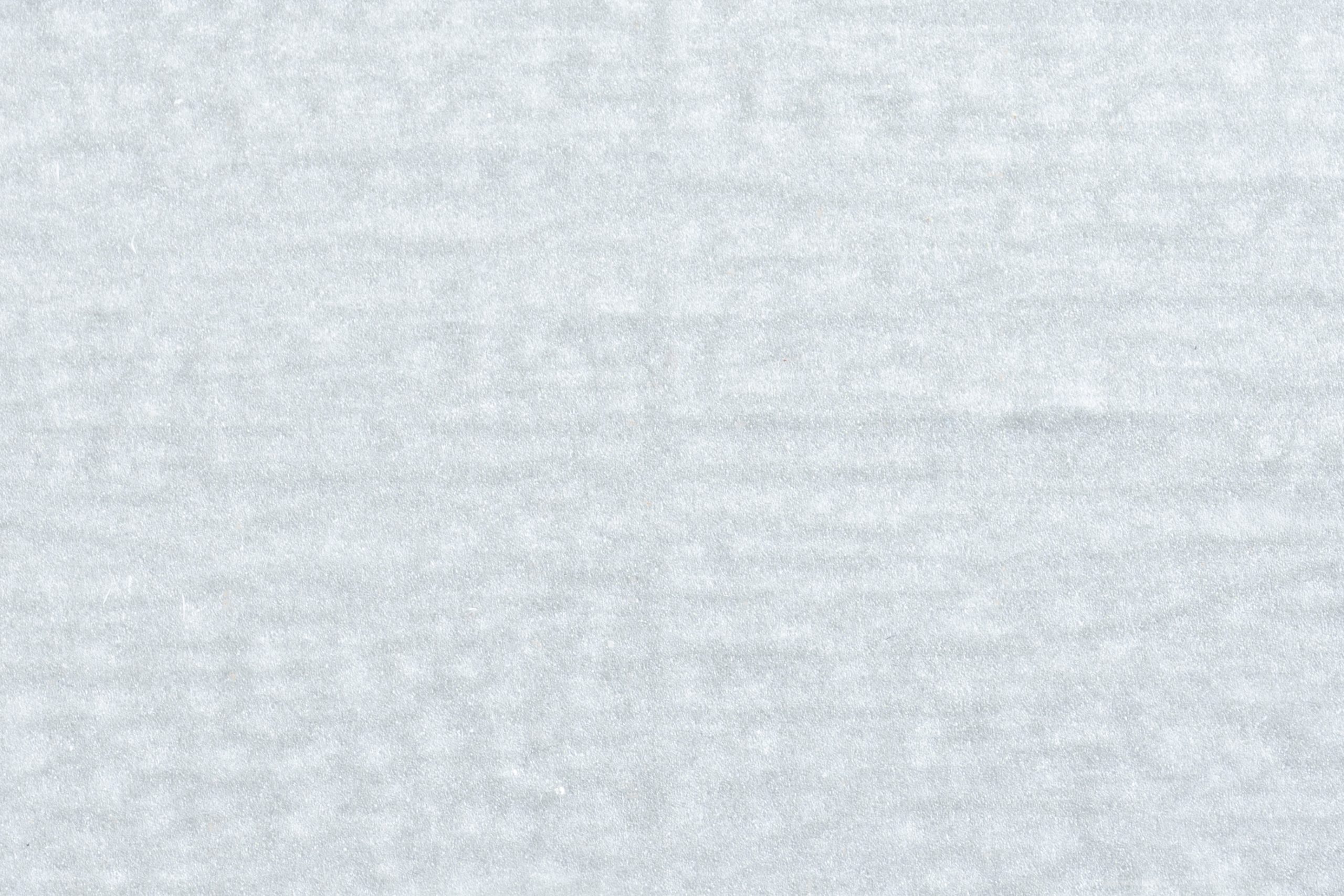
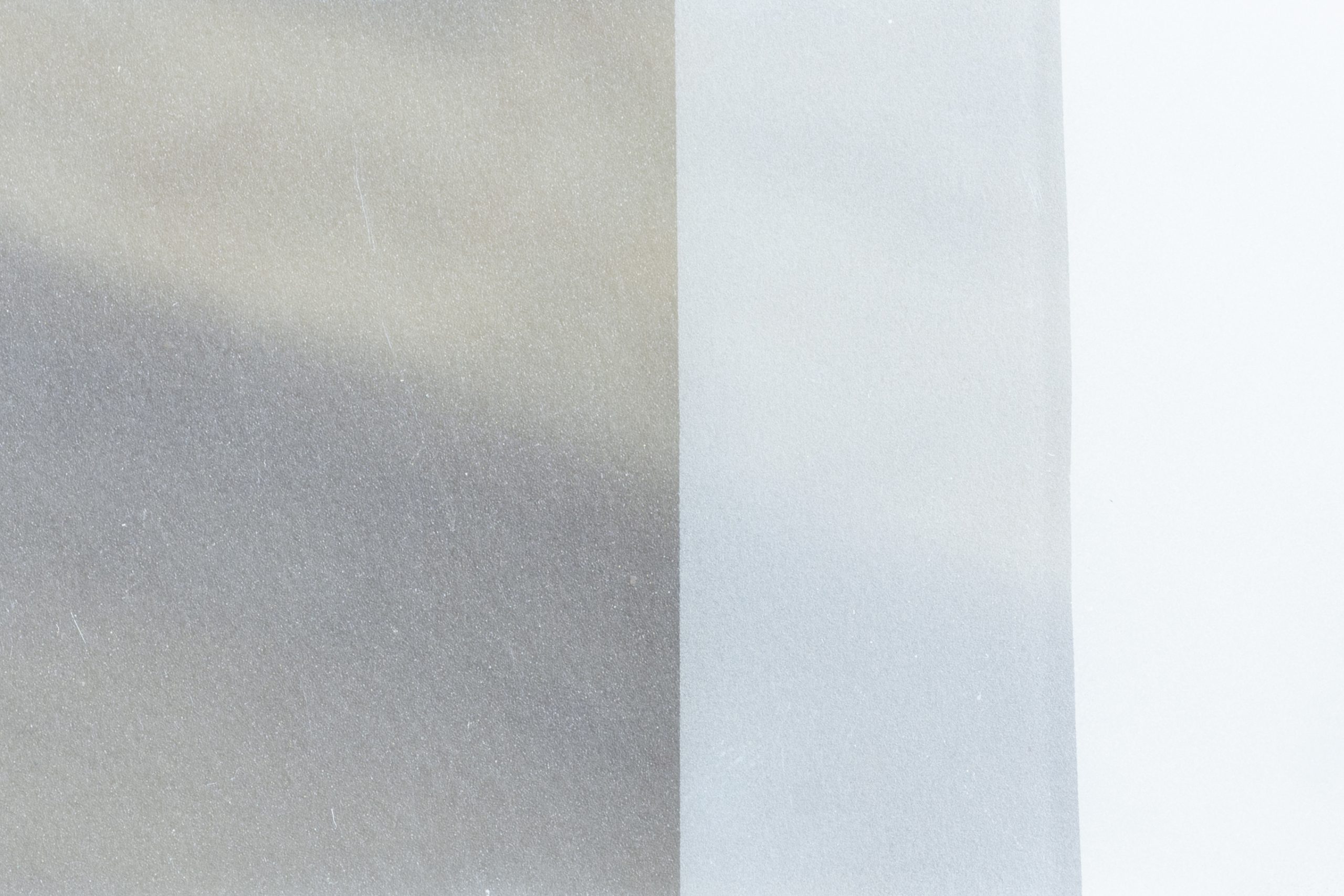

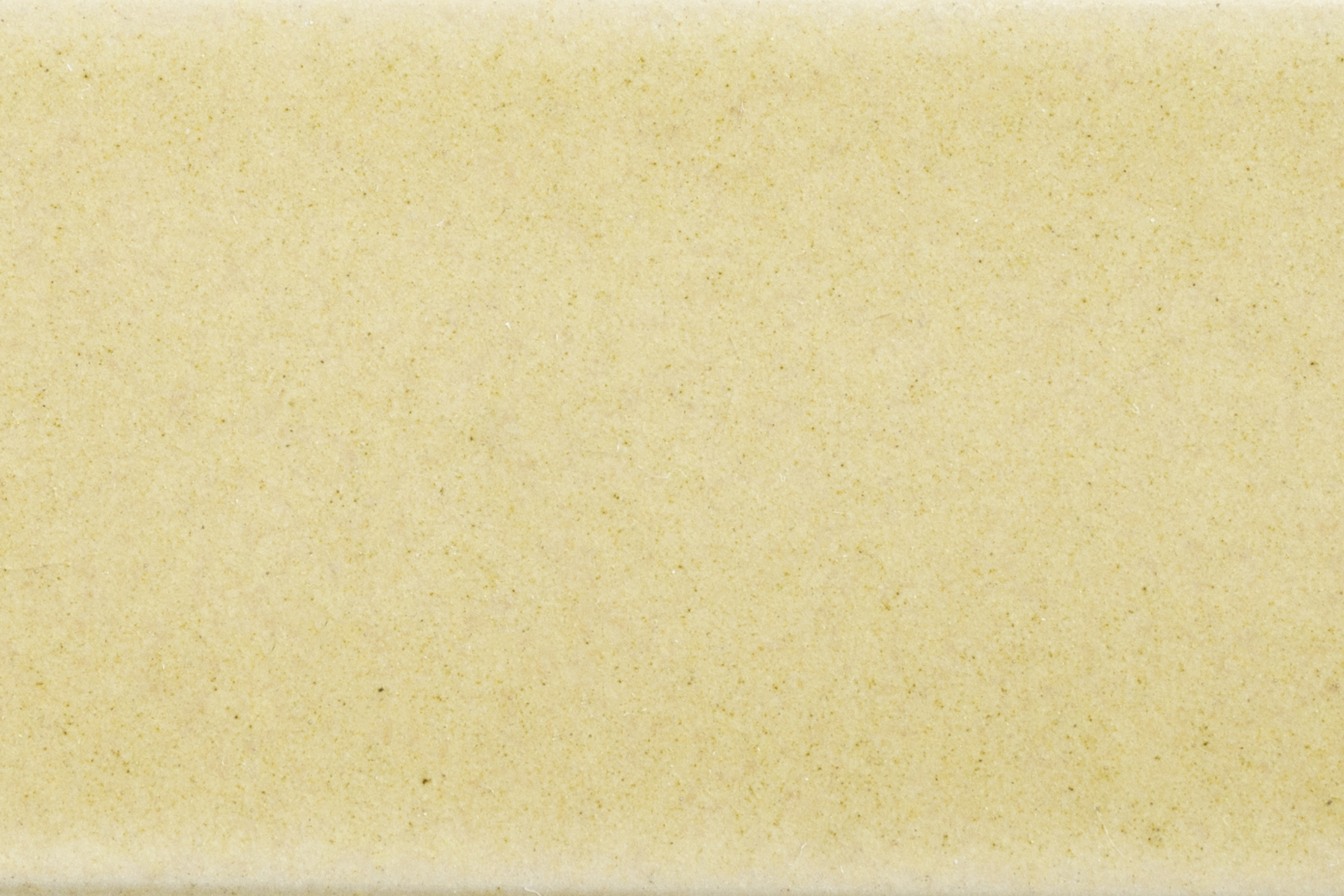
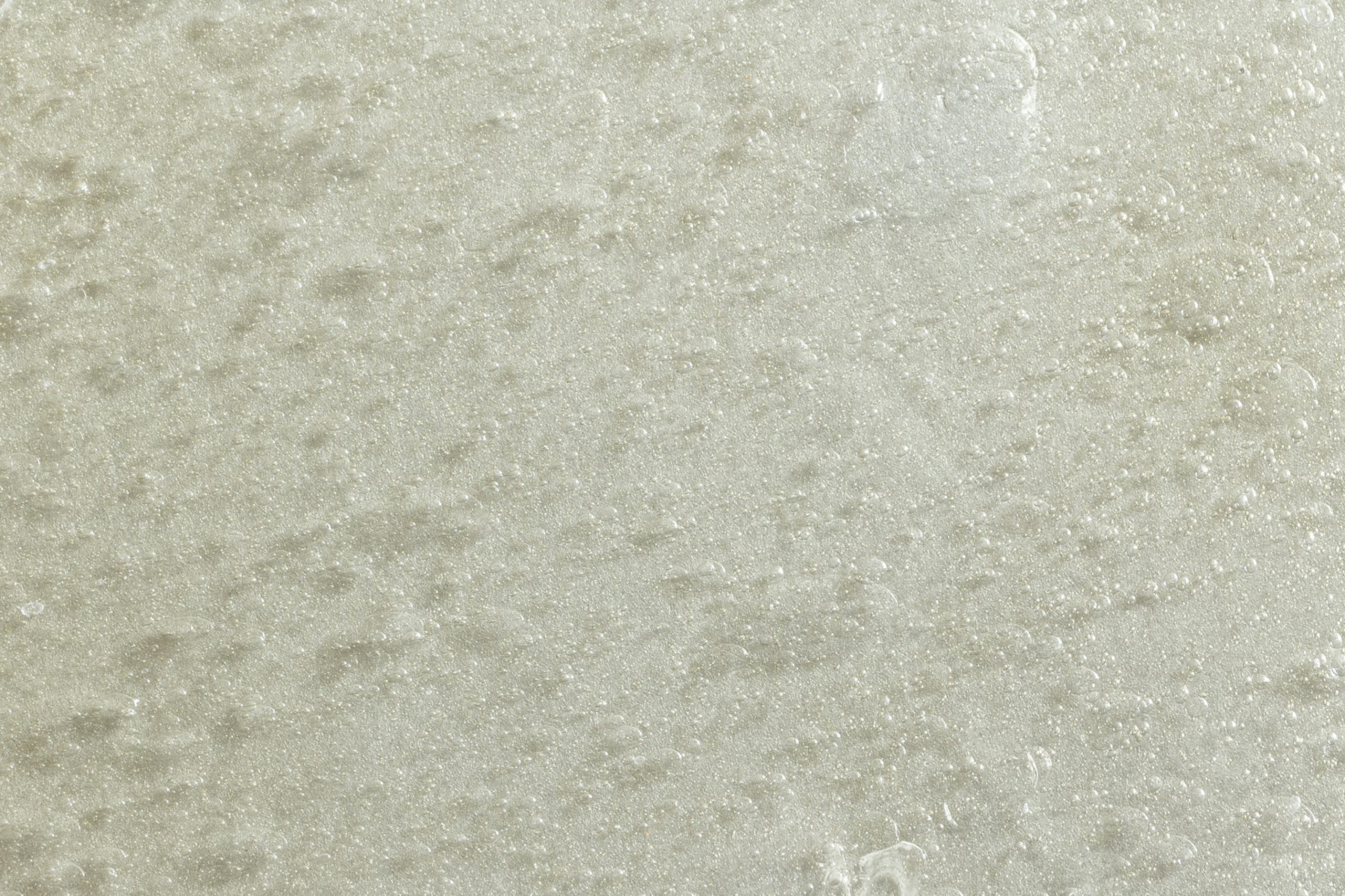
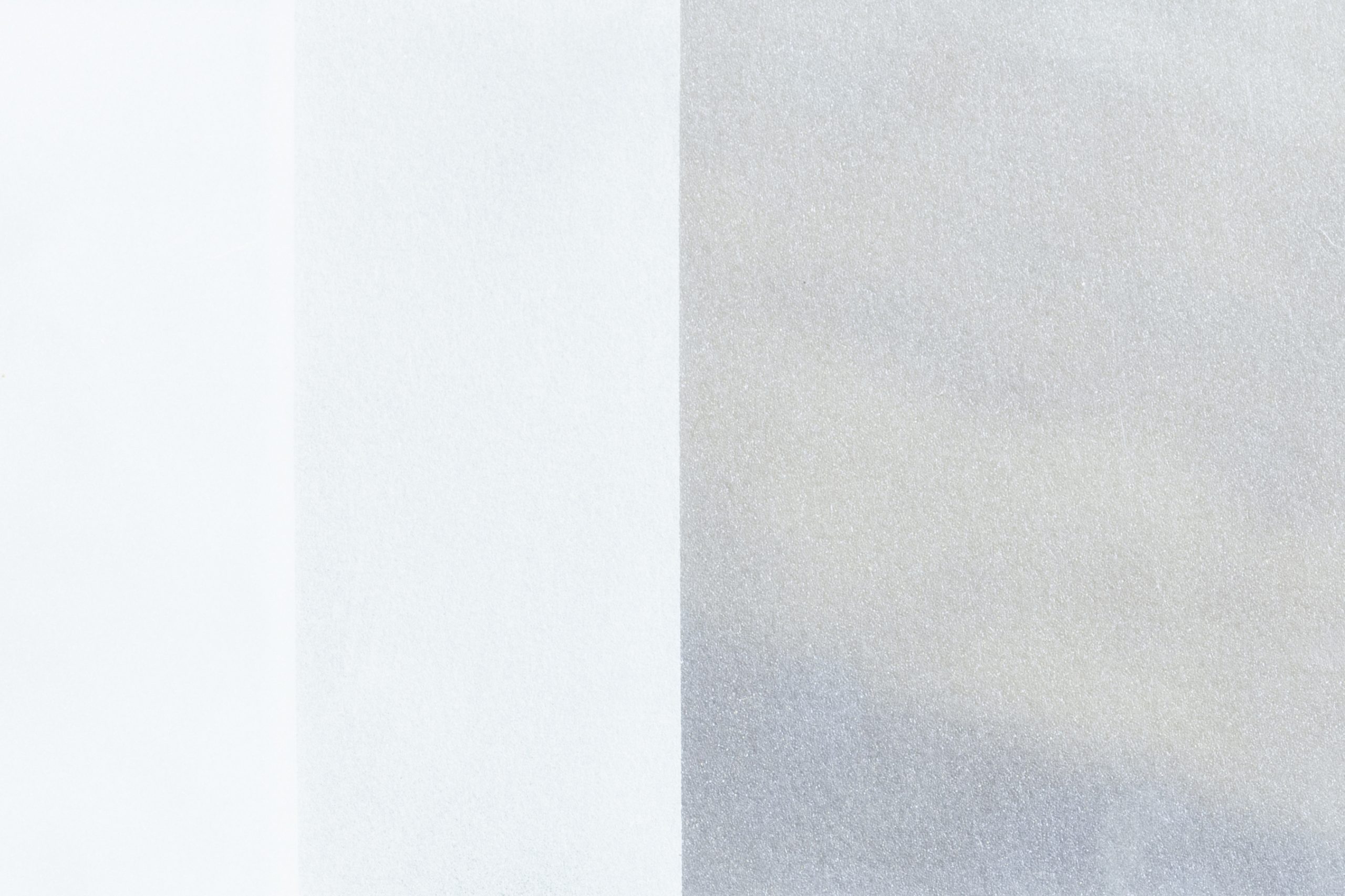
The ExCinere Tiles @ Dzek are the result of several years of development with the aim of producing ceramic glazes from volcanic ash.
The glass ceramic @ Magna is a resilient material made from 100% recycled glass bottles.
The Mirona @ Schott glass series makes it possible to create semi-transparent surfaces that appear transparent on both sides, partially reflective or opaque matt due to sandblasted surfaces.
The geopolymers @ anima ona developed in the design studio make it possible to process local mineral stone fragments into a homogeneous material.
The processed antique glass @ ABK Glaswerkstatt transports the creative heritage of the material glass into contemporary design.
The stair fragments @ ABK Campus, which are available due to the demolition of a building, will be reused as components or as mineral material.
The bluish profiled glass @ Pilkington Profilit contains at least 30% recycled glass and also reflects the industrial character of modernity.
material arrangement
Arrangements are put together from a curated catalogue of mineral materials such as glass, glass ceramics, ceramics and geopolymers.
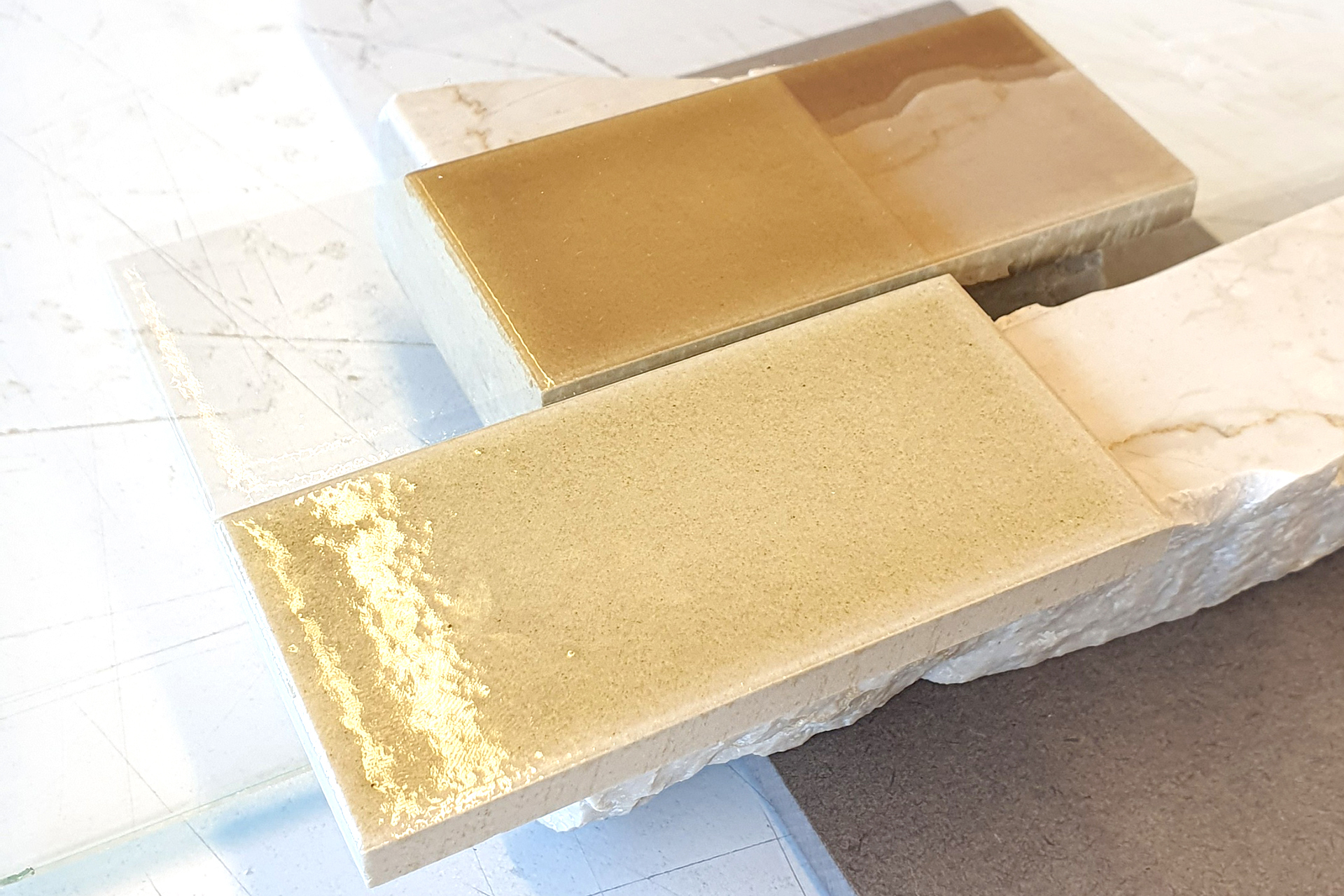
ExCinere Tile @ Dzek / Stair Fragments @ ABK Campus / Mirona Glass @ Schott / ExCinere Tile @ Dzek.
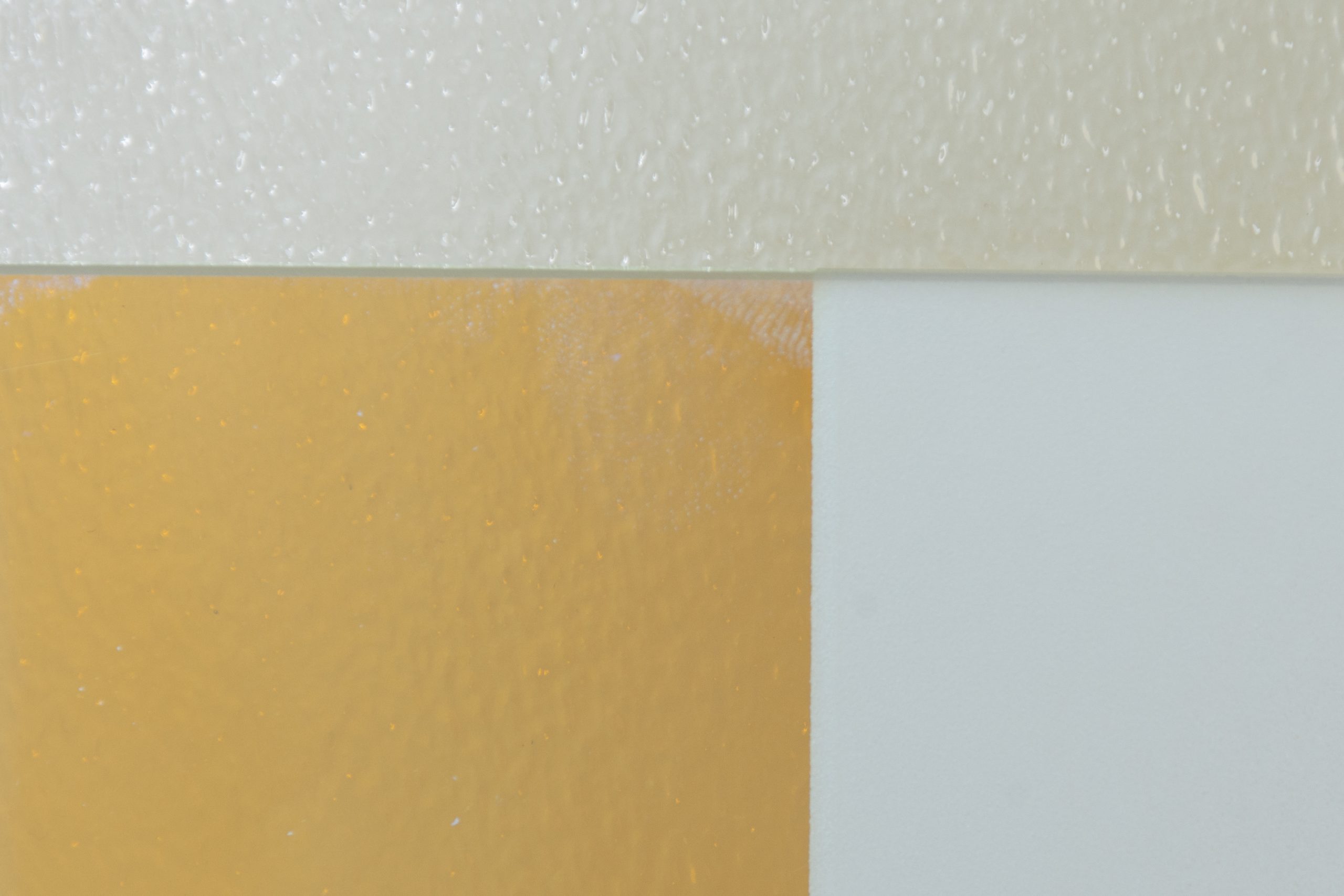
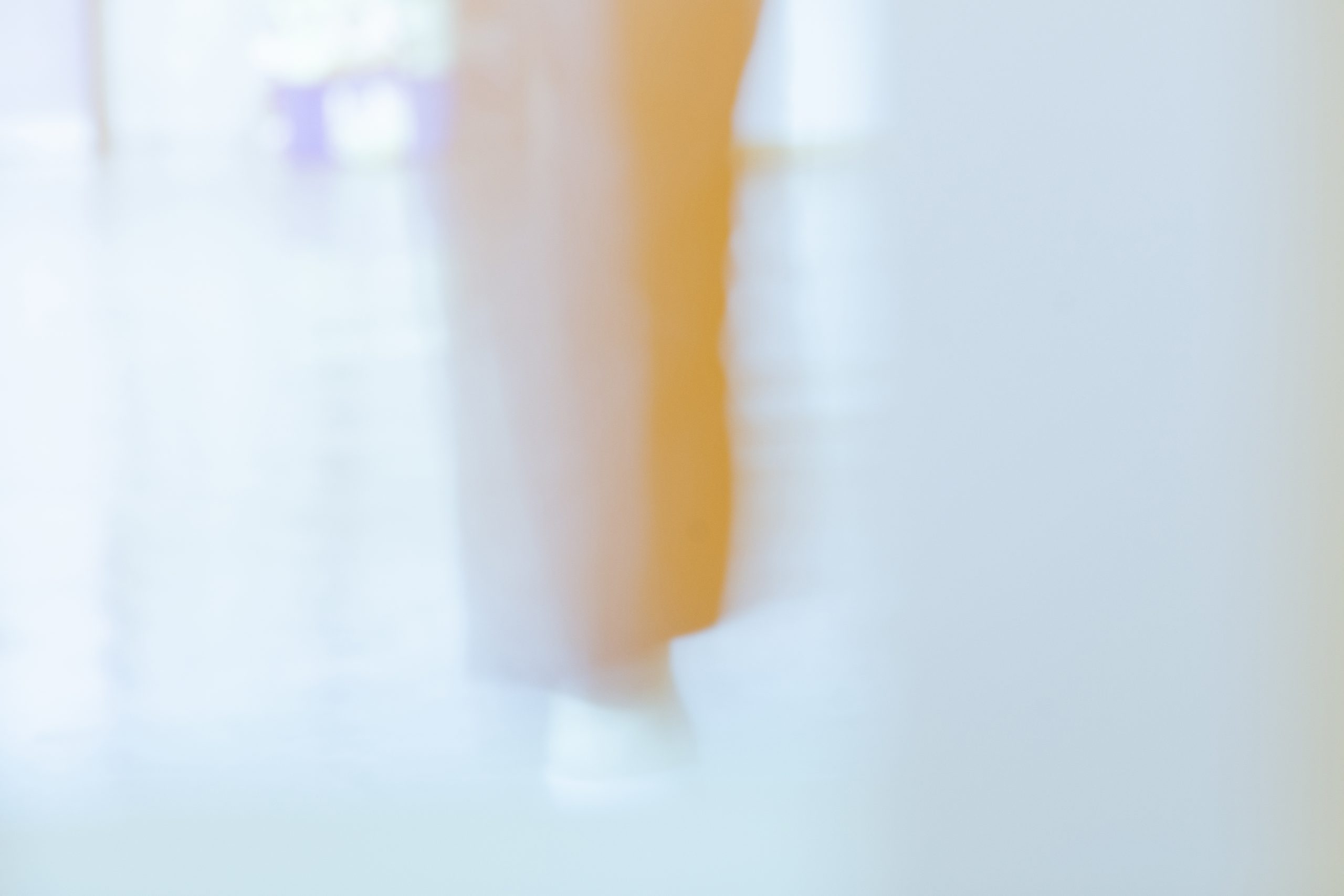
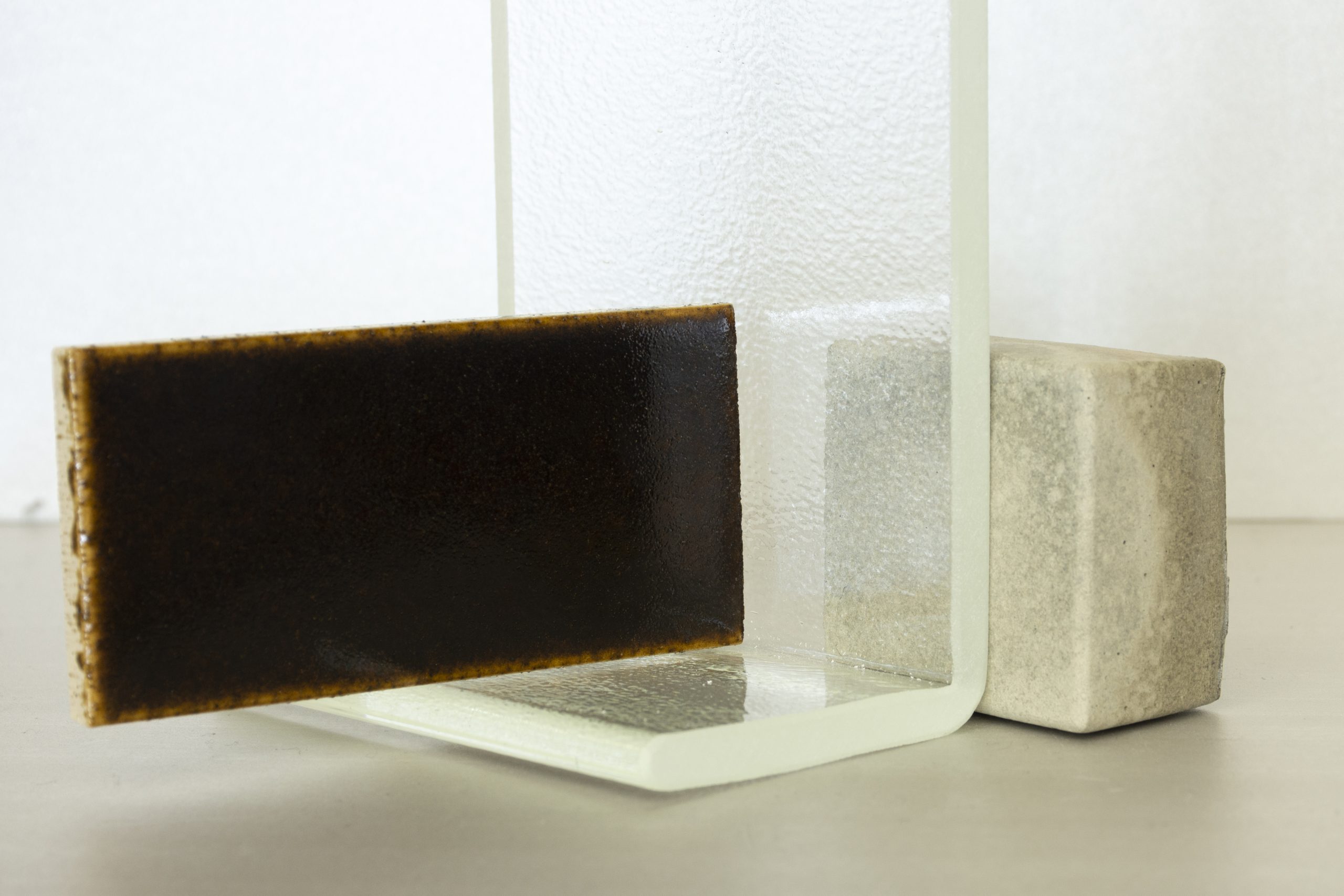

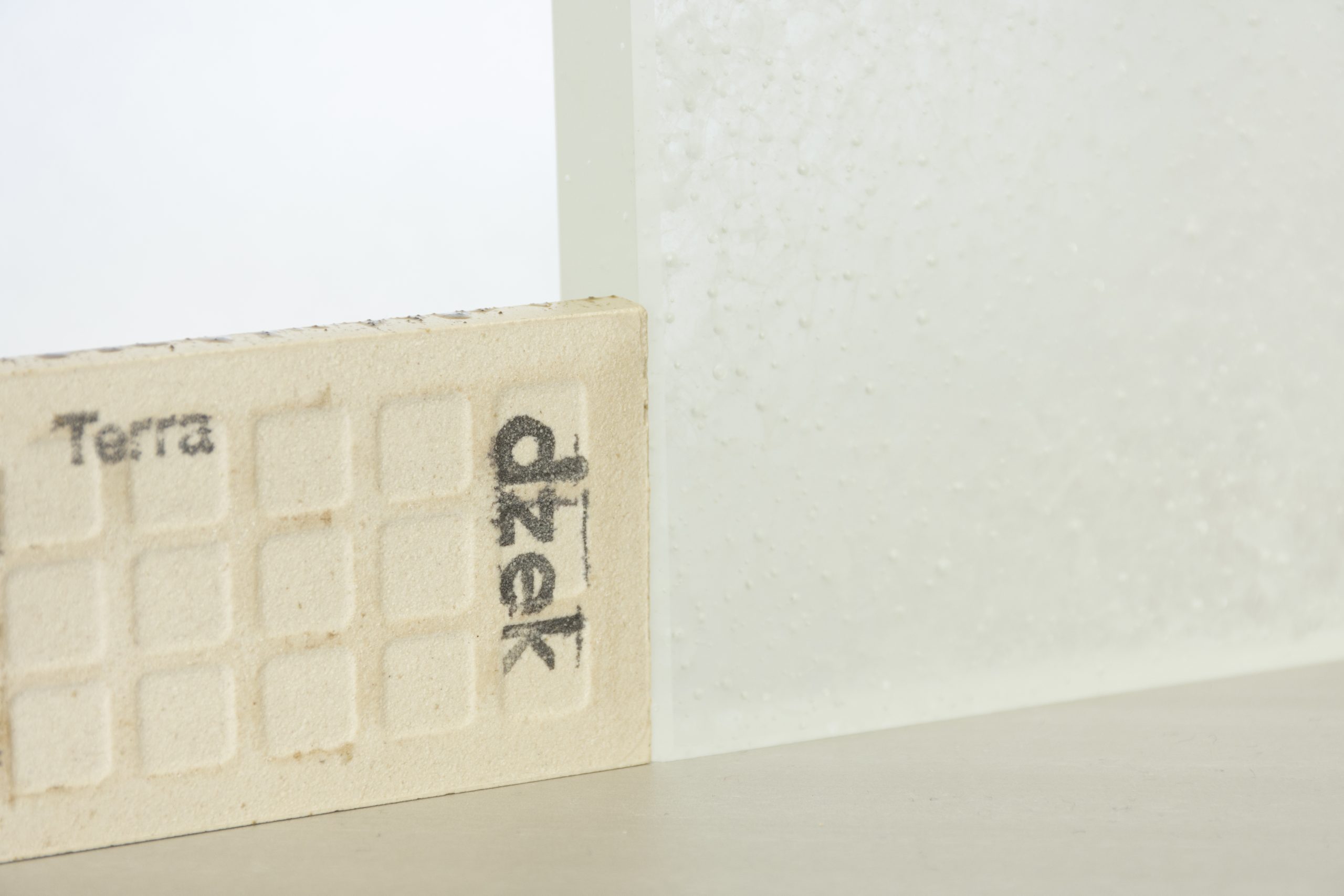
ExCinere Tiles @ Dzek / Profiled glass @ Pilkington Profilit / Geopolymer @ anima ona / ExCinere Tiles @ Dzek / Glass ceramics @ Magna.
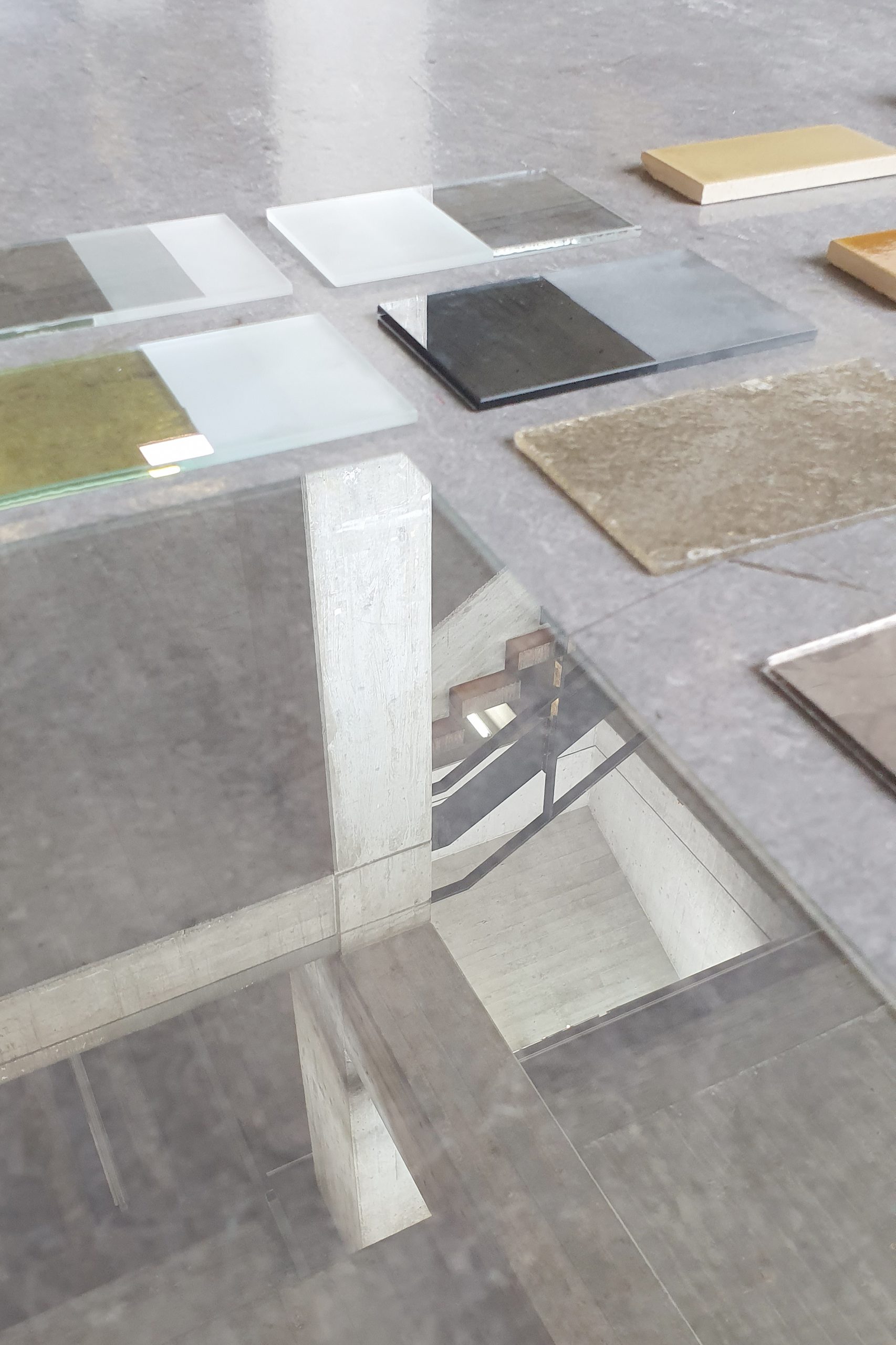
Various colour variants Mirona glass @ Schott / Altantikglas @ ABK Glaswerkstatt / ExCinere Tiles @ Dzek.
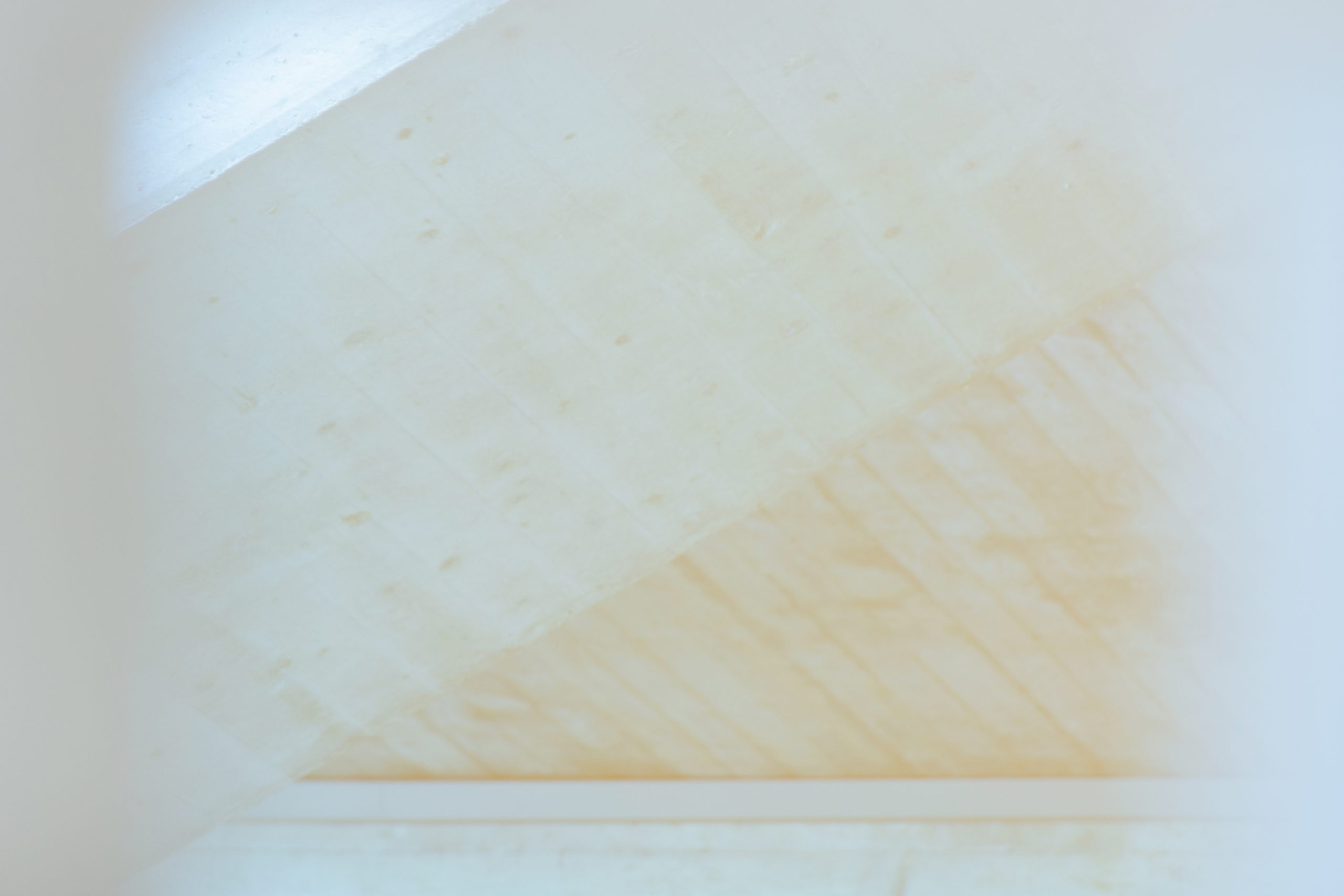
spatial scenes
Glass as a material reflects the formal analogy of dissolution and the blurring of boundaries. It is an analogue filter that sometimes appears matt, sometimes reflective. The reflective stair elements are enlivened by the people standing on them, both inside and out.
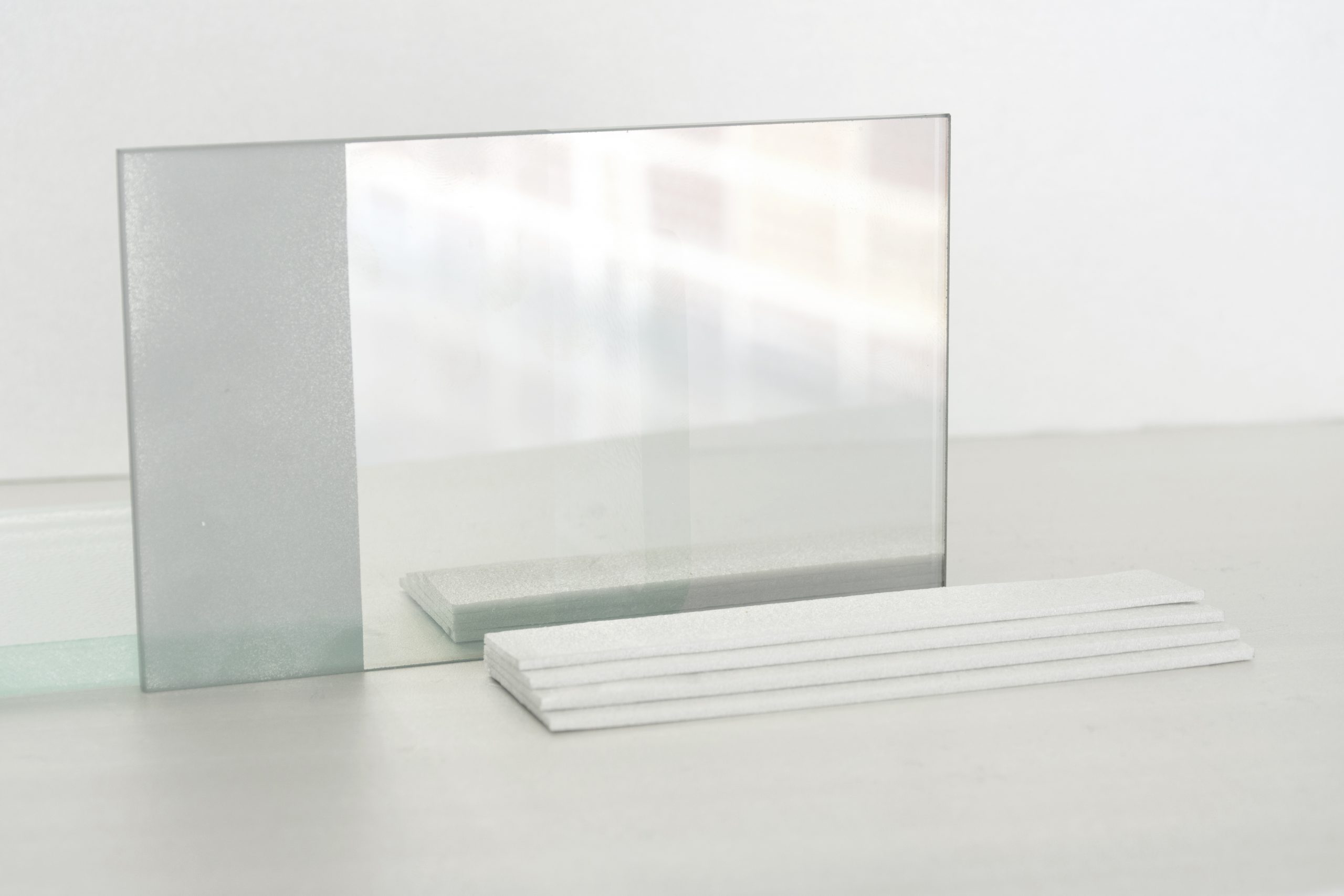
The architectural elements of the steps and pedestals become actors in the building envelope, framing the translucent glass surfaces and creating a livable space. To this end, the steps and pedestals are proportioned in such a way that they can also be used as seating objects.
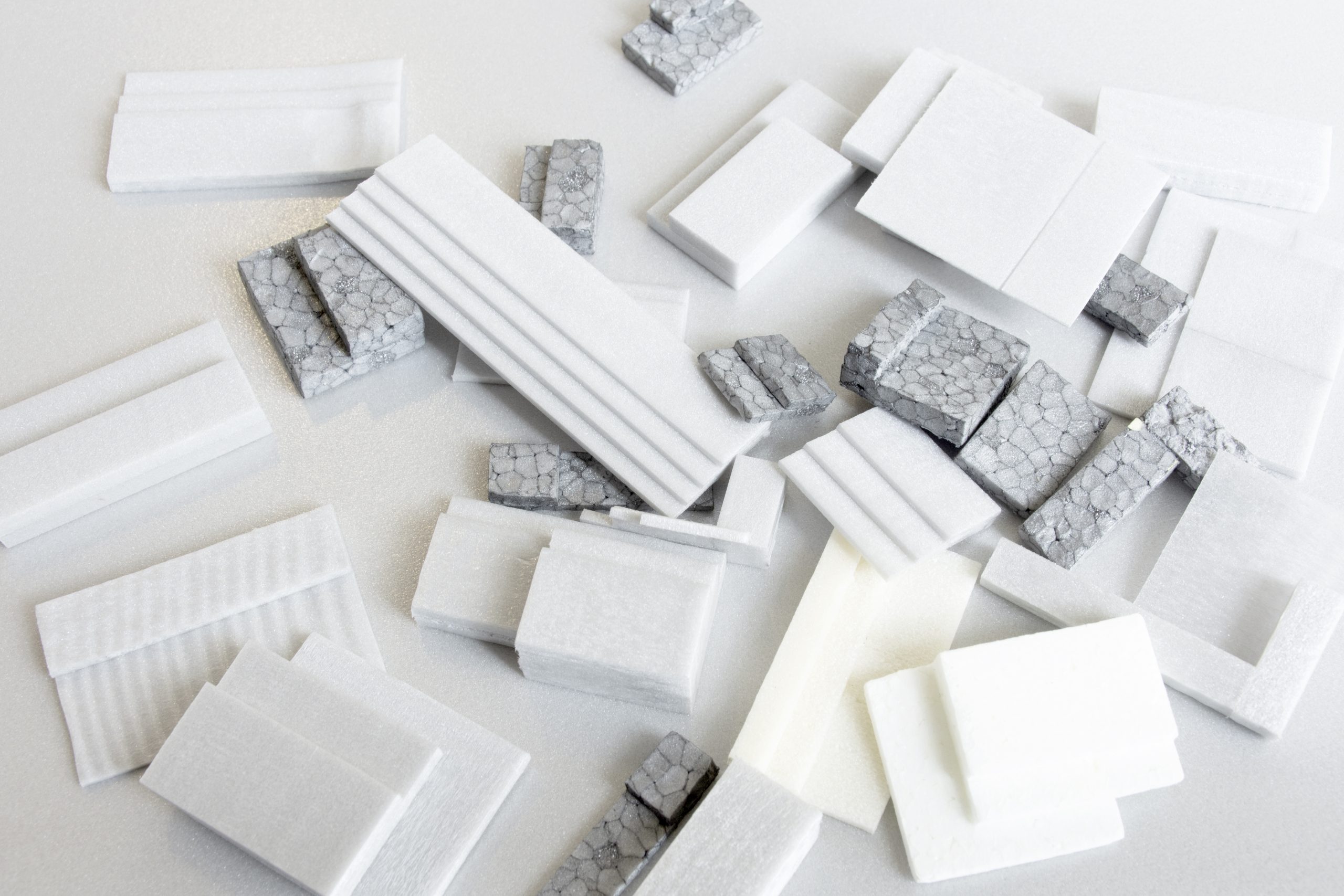
Six spatial scenes are curated from the compiled catalogue of materials. The materials for further architectural development will be compiled within these miniature spaces. The architecture can thus be conceived from the space, and six possible spatial scenes will be exhibited.
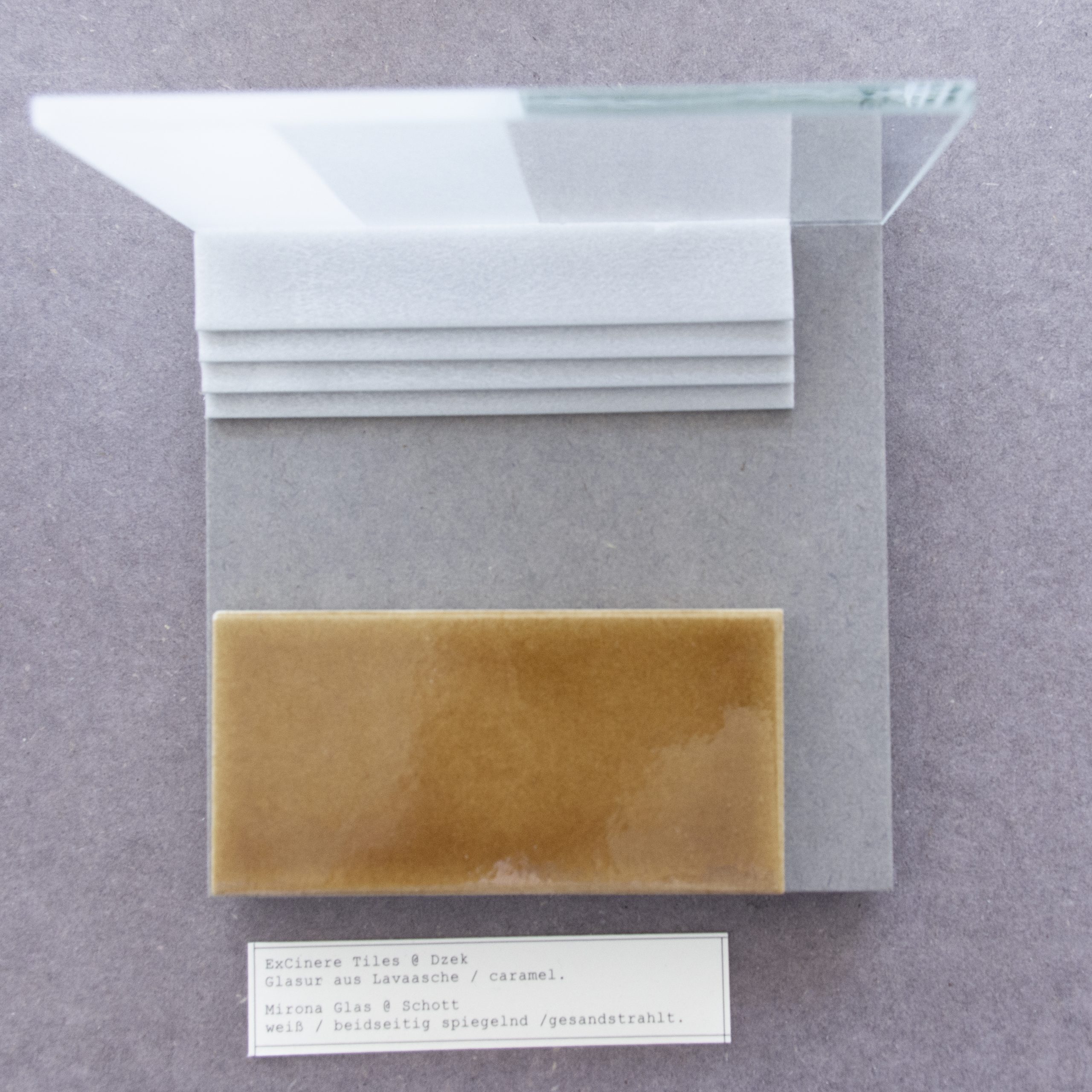
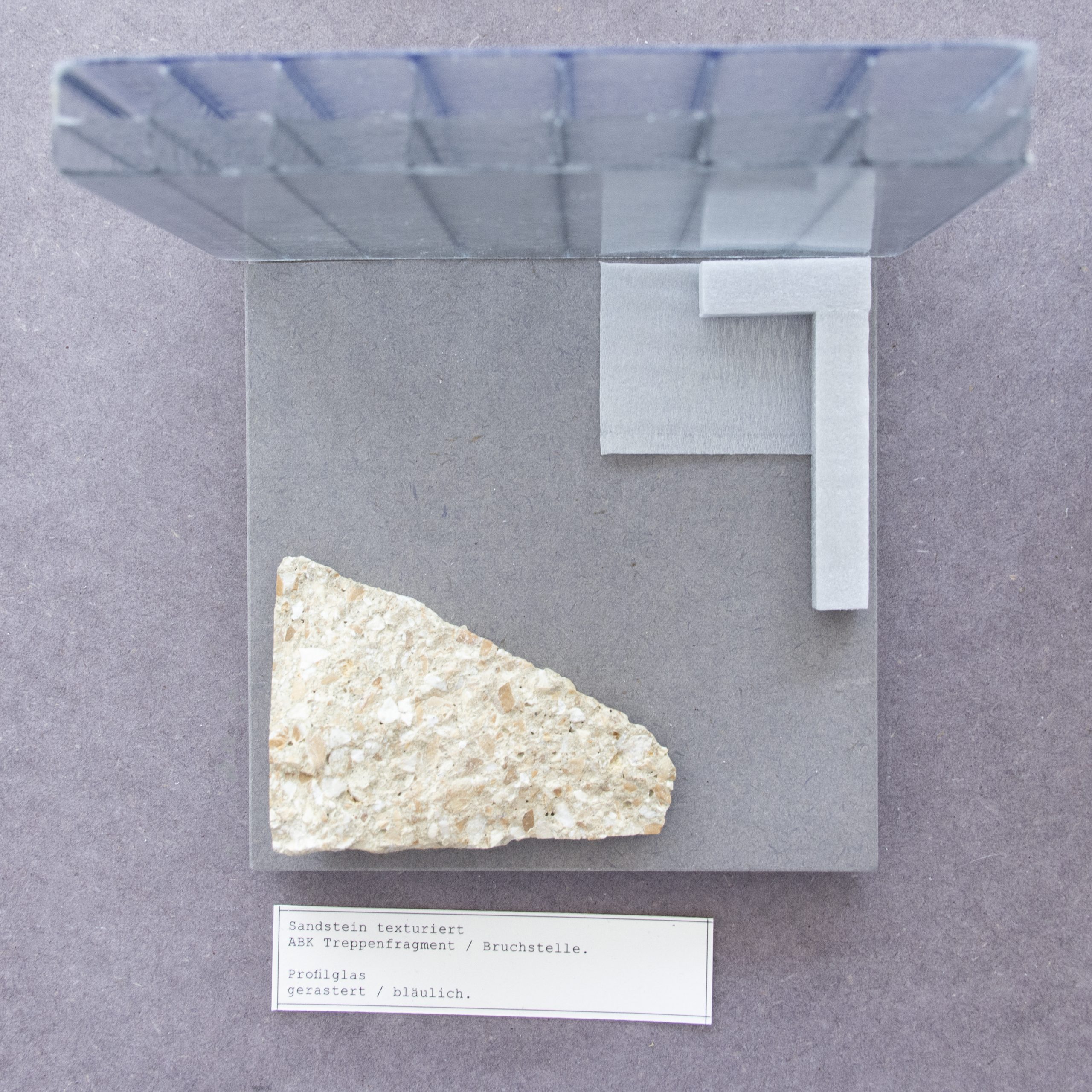

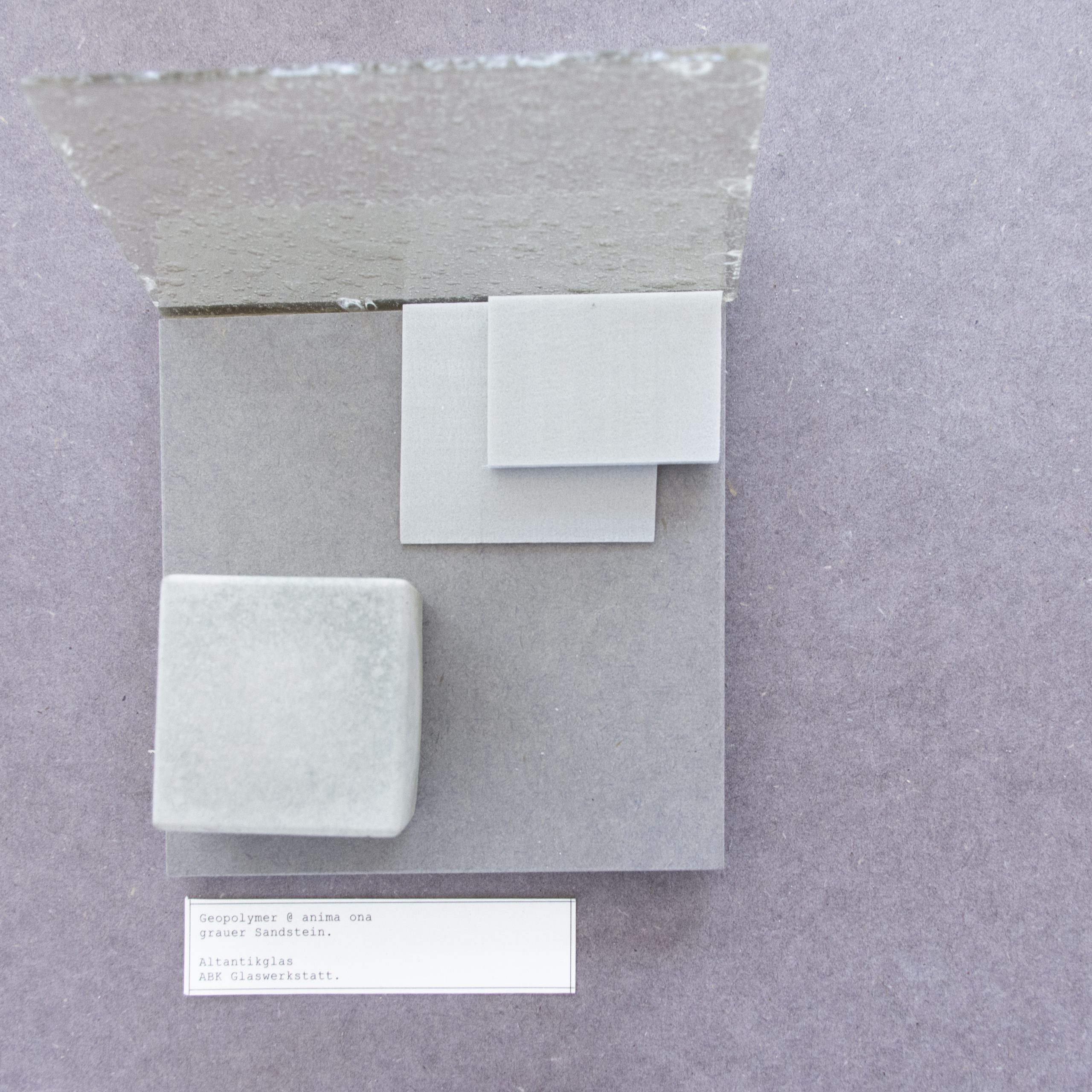
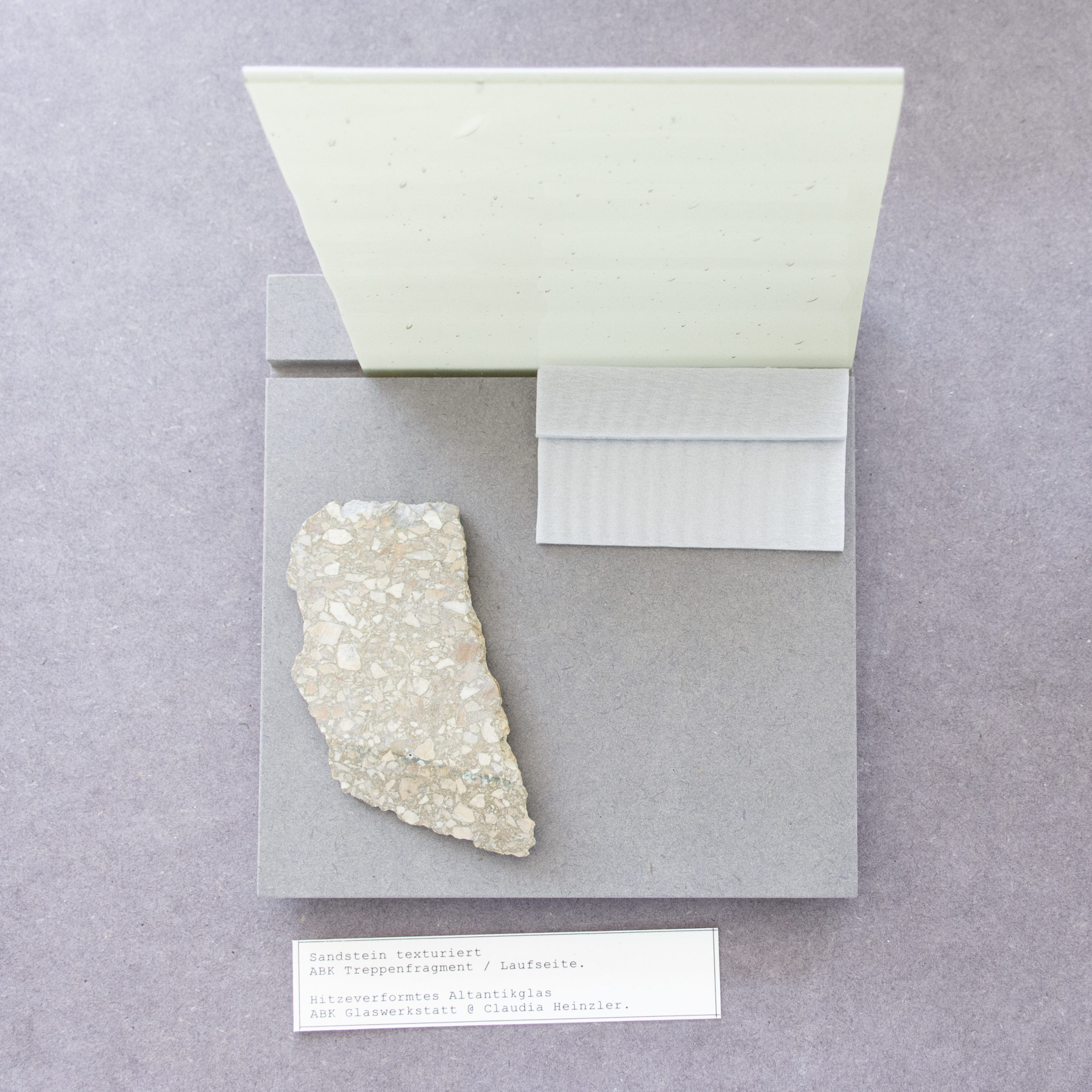
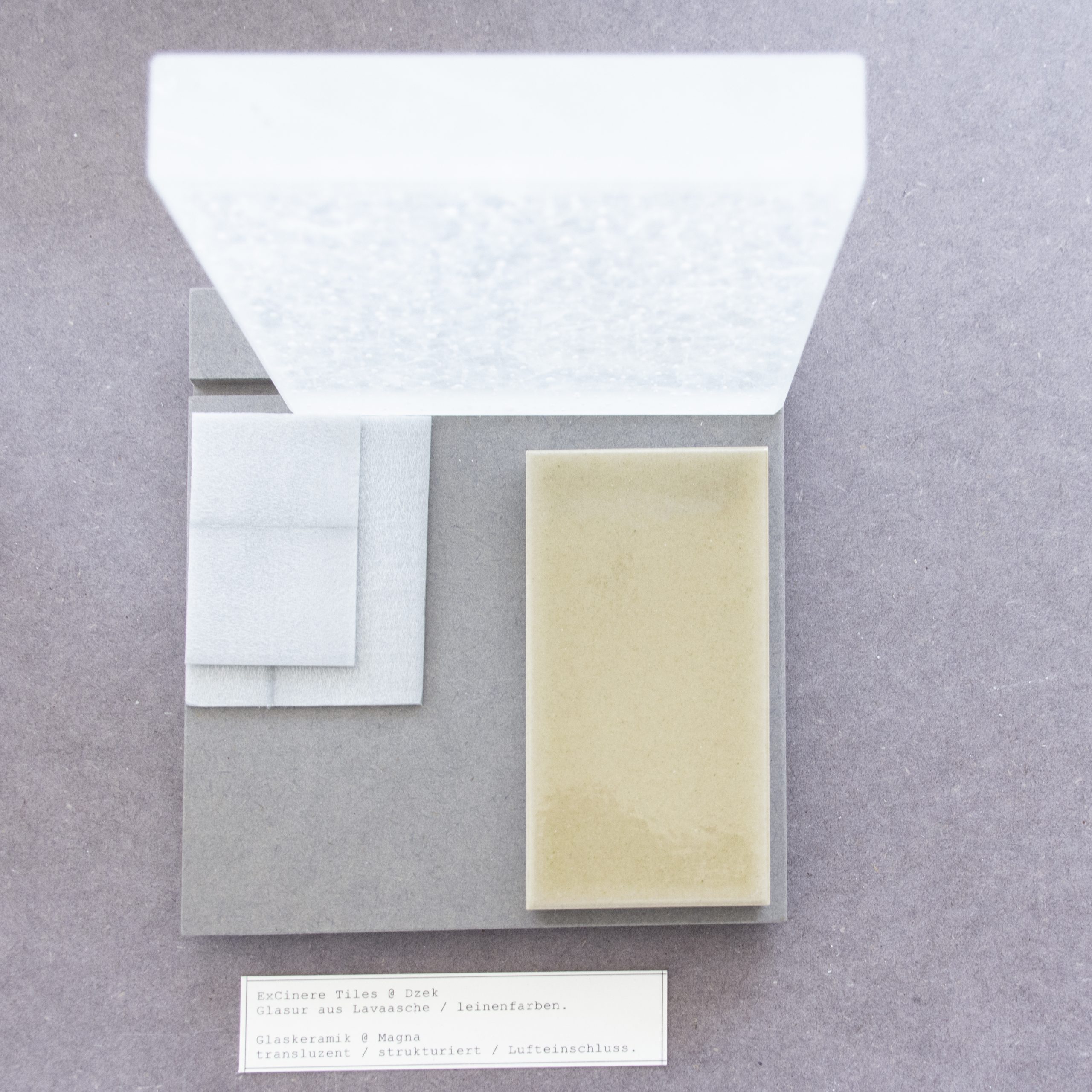
ExCinere Tiles @ Dzek glaze made of lava ash / caramel.
Mirona glass @ Schott white / reflective on both sides / sandblasted.
Sandstone textured ABK Stair fragment / fracture.
Profiled glass louvred / bluish.
ExCinere Tiles @ Dzek glaze in lava ash / dark brown.
Mirona glass @ Schott black / reflective on both sides / sandblasted.
Geopolymer @ anima ona grey sandstone.
Antique glass ABK glass workshop.
Sandstone textured ABK stair fragment / running side.
Heat-moulded antique glass ABK Glaswerkstatt @ Claudia Heinzler.
ExCinere Tiles @ Dzek glaze made of lava ash / linen colour.
Glass ceramic @ Magna translucent / structured / air inclusion.
reset exhibition
At the centre of the exhibited projects is the development and elaboration of an independent architectural thesis and vision in the sense of a radical new building culture. The associated aesthetics and ambition represent a RESET in architectural design. In the search for future-proof and sustainable architecture with high design standards, the examination of building materials is a focal point.
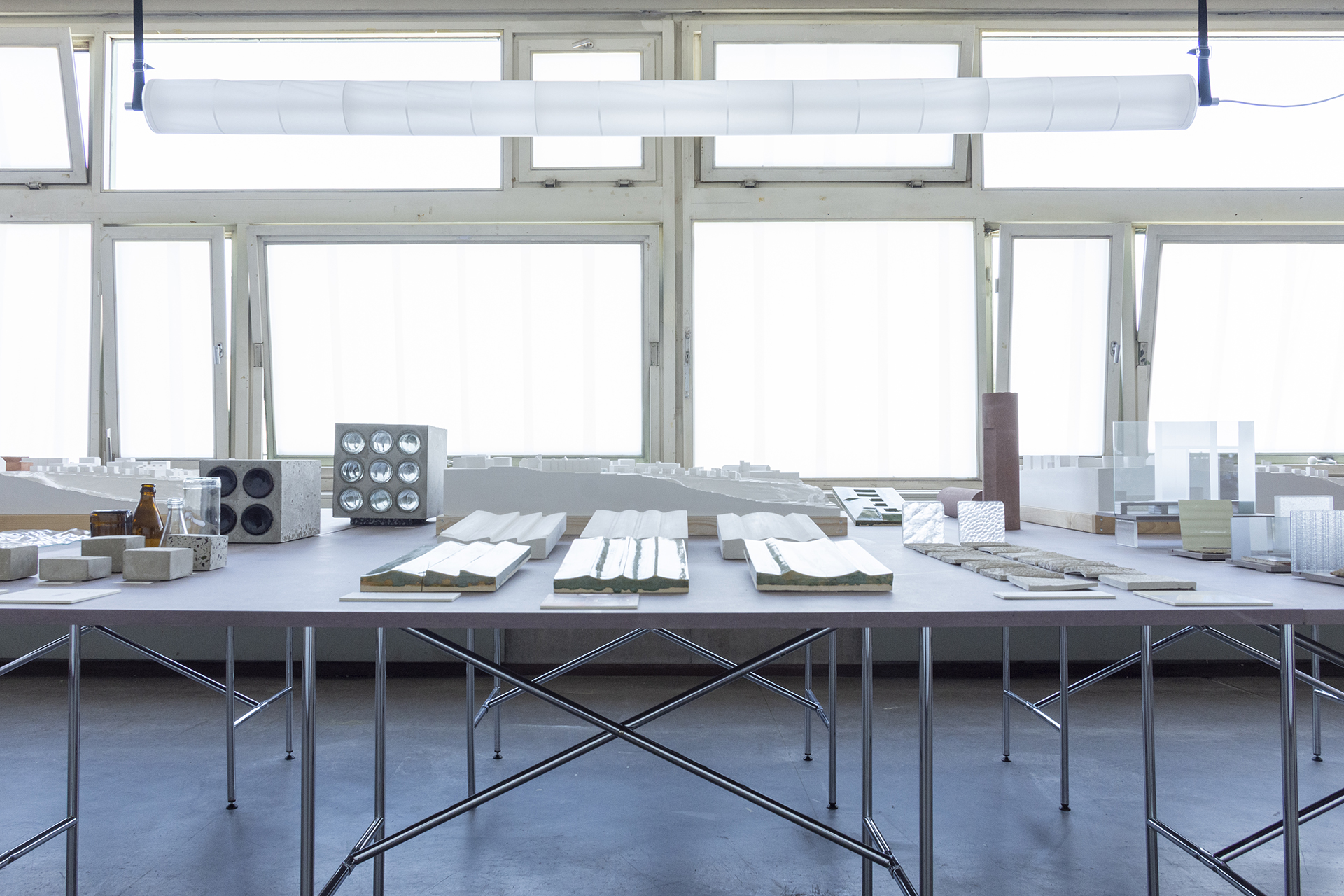
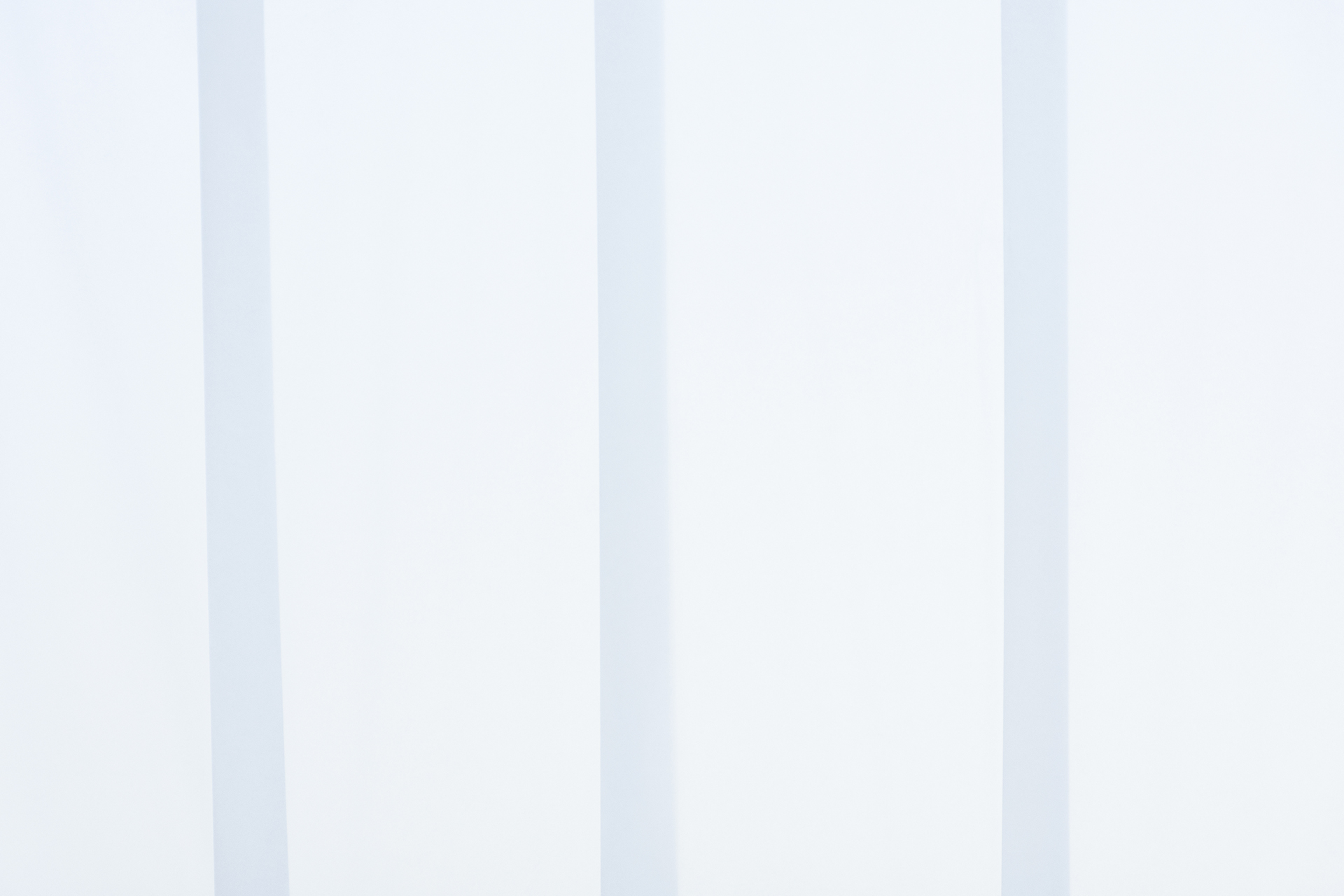
The project ‘innen aussen raum’ was part of the summer exhibition at ABK Stuttgart’s Rundgang 2022. The RESET project from the EAG department was awarded the ‘ABK Stuttgart Architecture Department Academy Prize’. The prize honoured the group design as ‘Best Exhibition and Best Projects’.
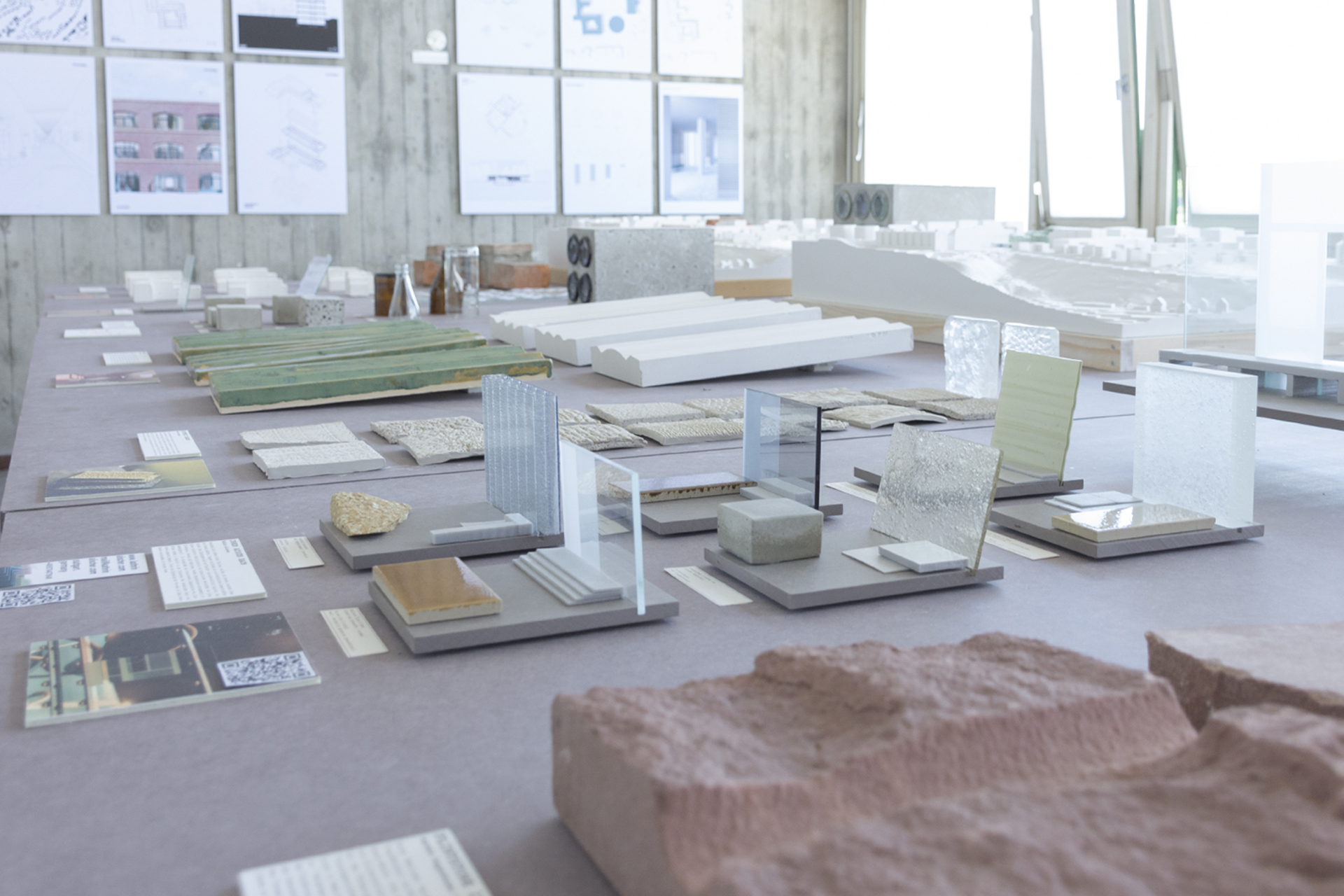
The design concept frames the exhibition space as a material laboratory. In order to limit external influences, the view to the outside is matte and light sources are focussed on a single low-hanging luminaire. Visitors are invited to examine the material samples laid out on a large table. By being centred, the RESET space becomes a meeting point and invites discussions on future building culture.
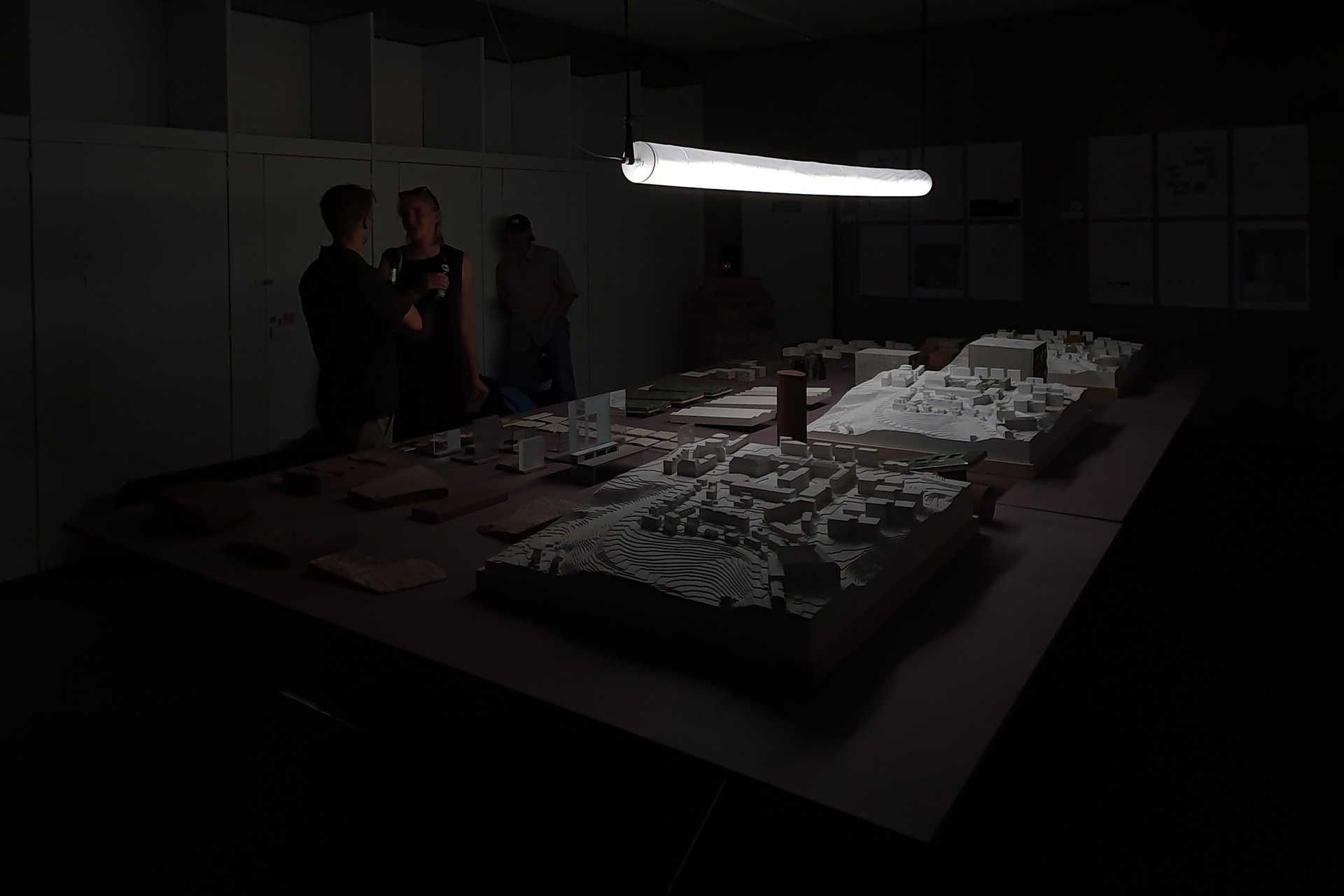
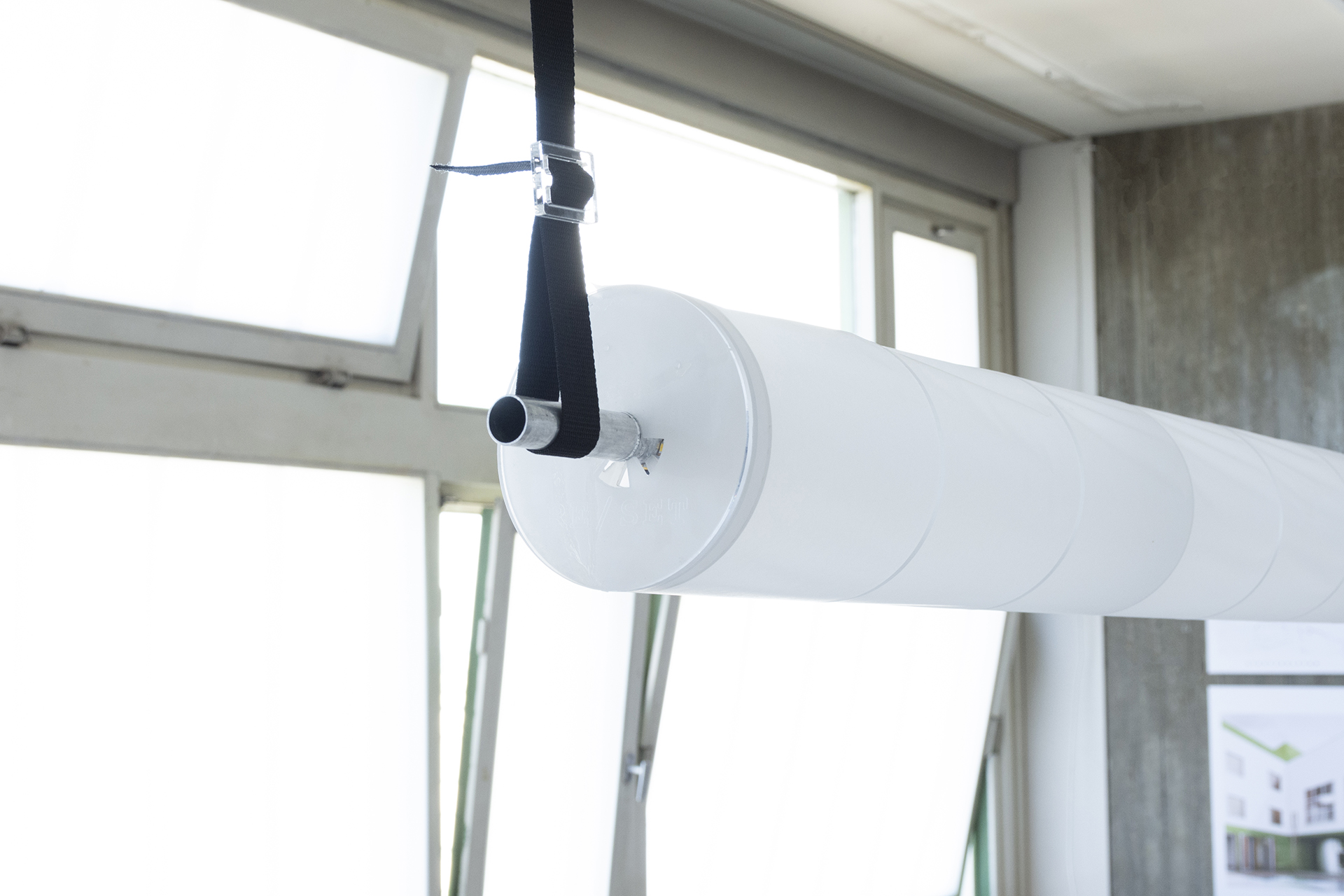
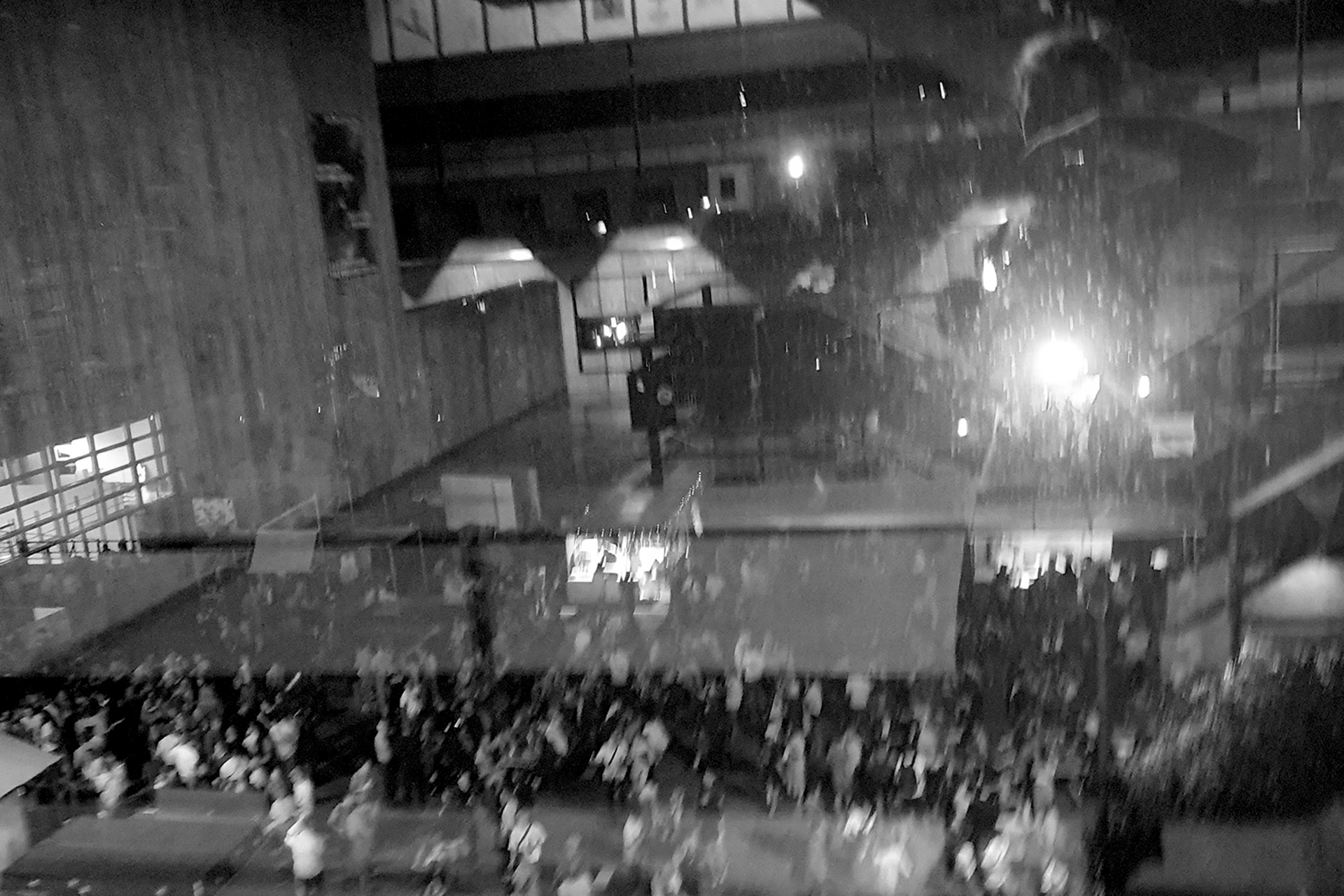
field research
Spatial field research provides the basic ideas for the designed material studies. Details are documented and analysed through the medium of photography.
Materials that create a blending of the interior and exterior are a particular focus of the design. Glass, water, lighting moods, facade grids, relief, structures, reflections, colour worlds, combinations, interior and exterior space are archived in a material diary. The photographic essay presented forms an archived source of inspiration.
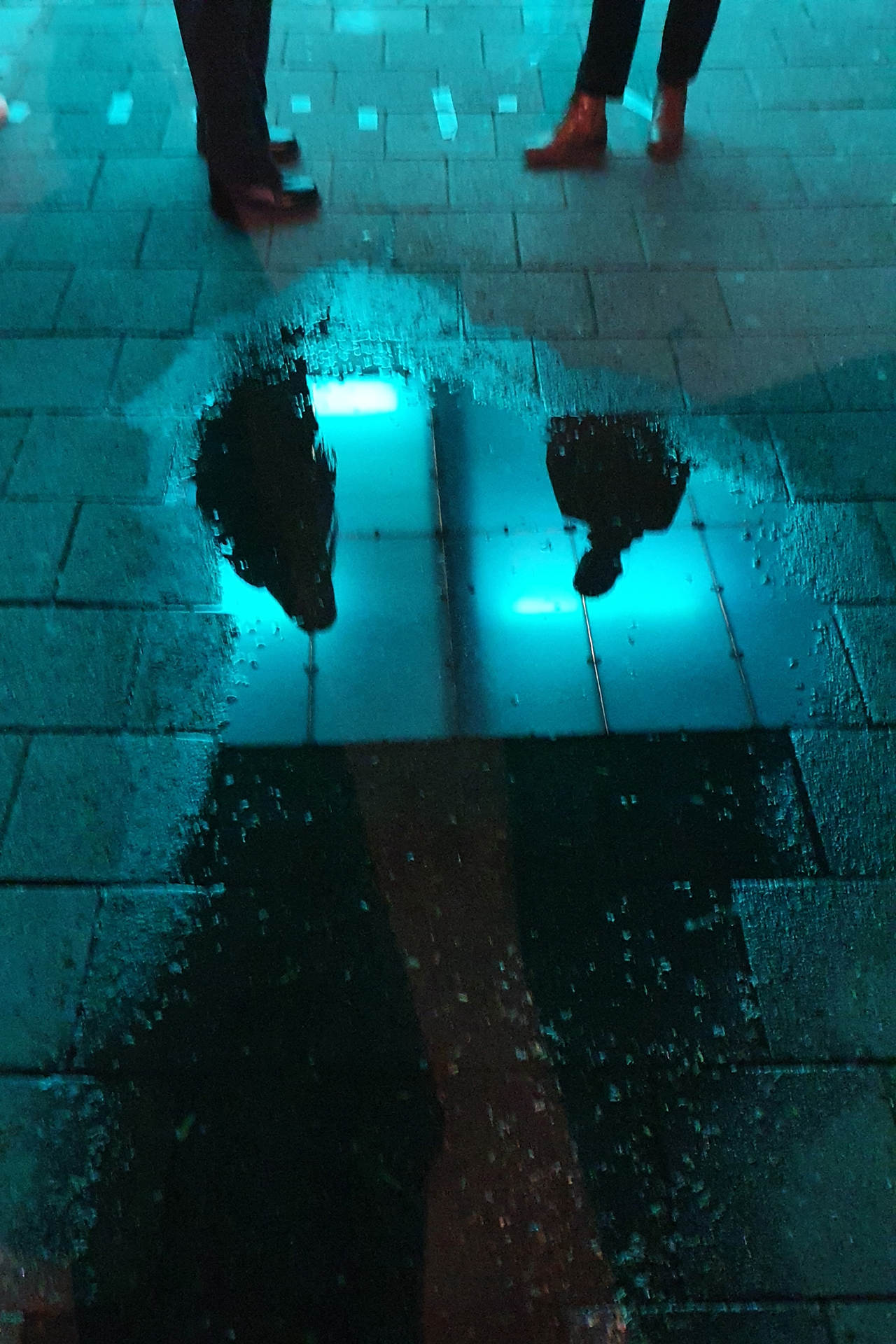
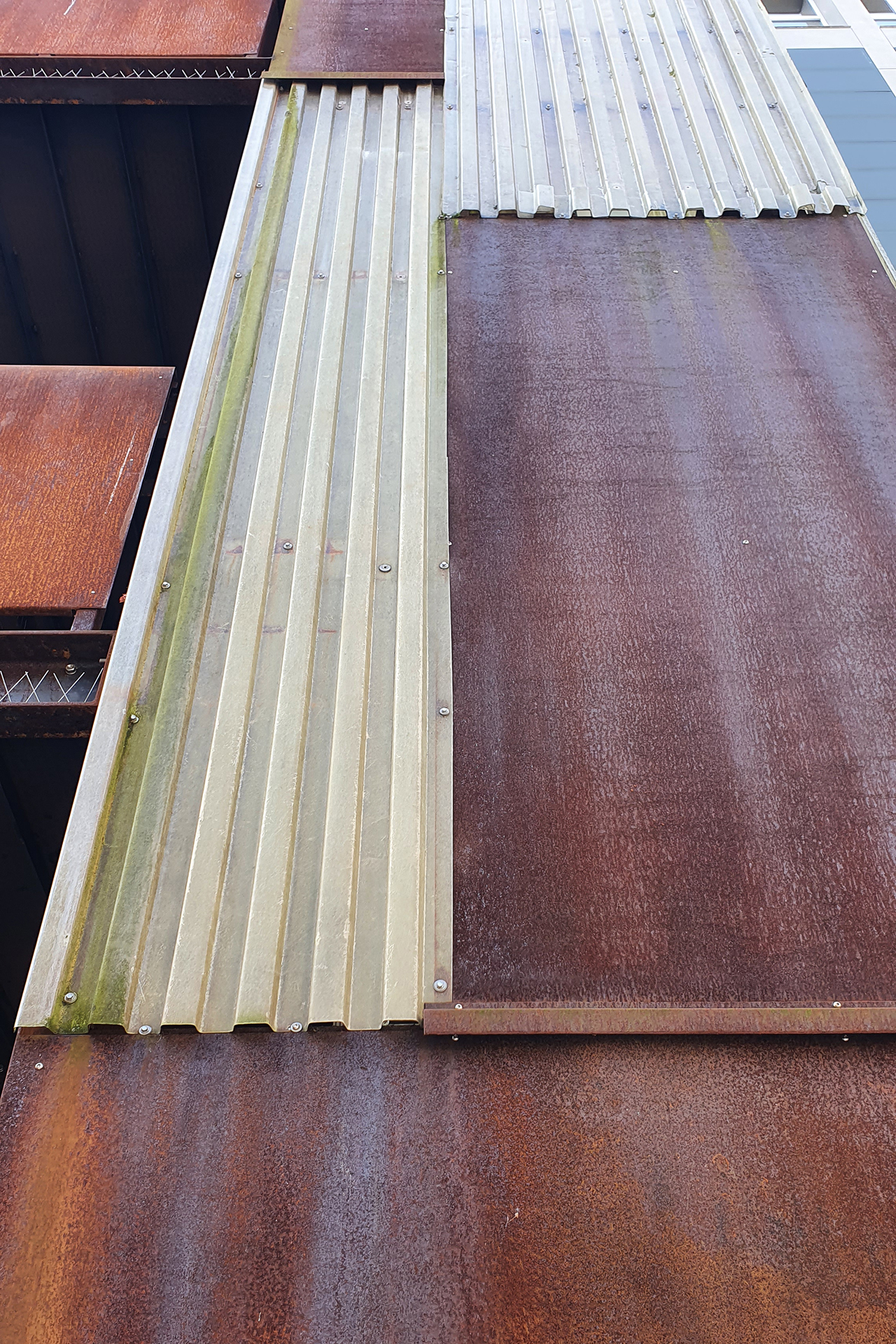
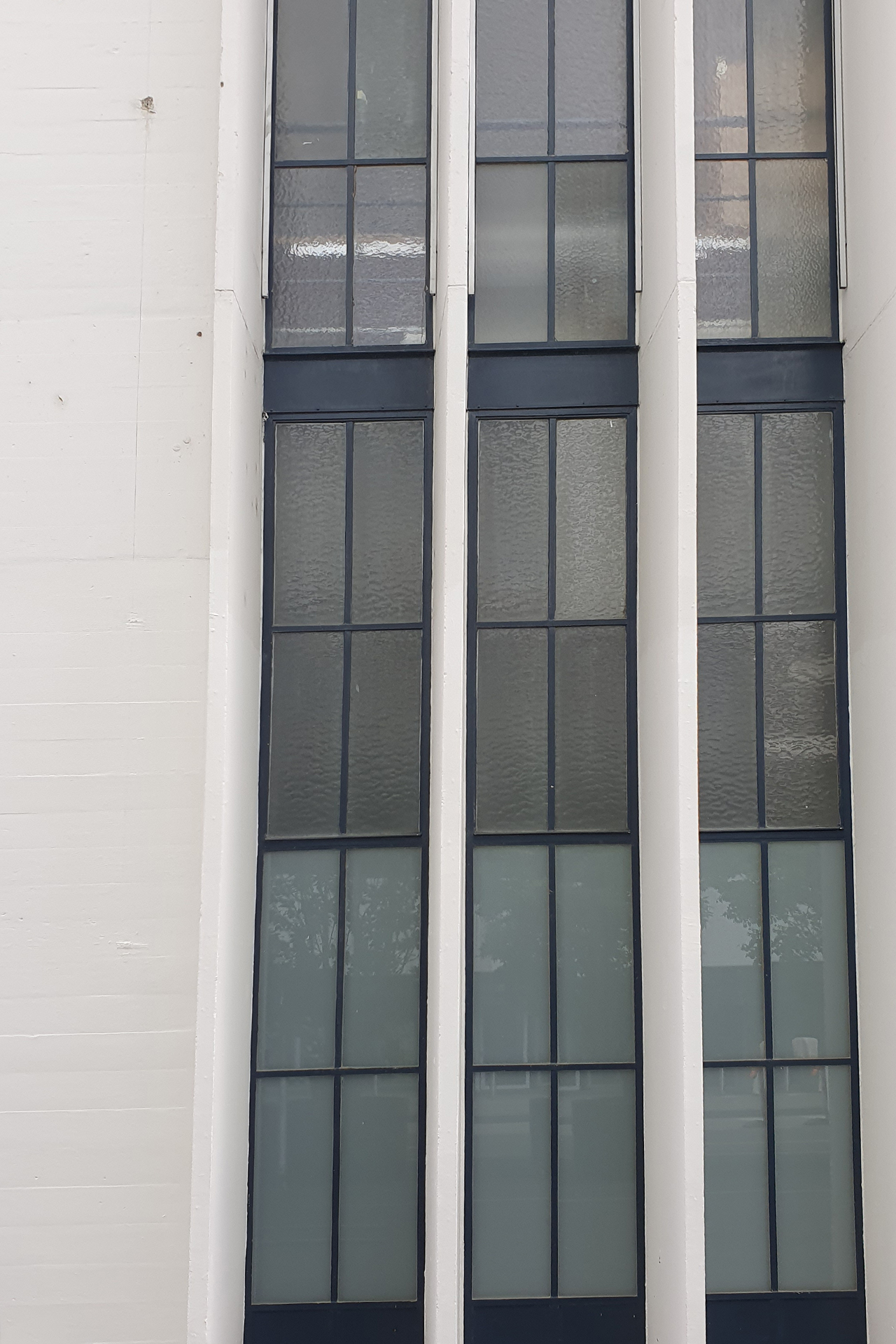
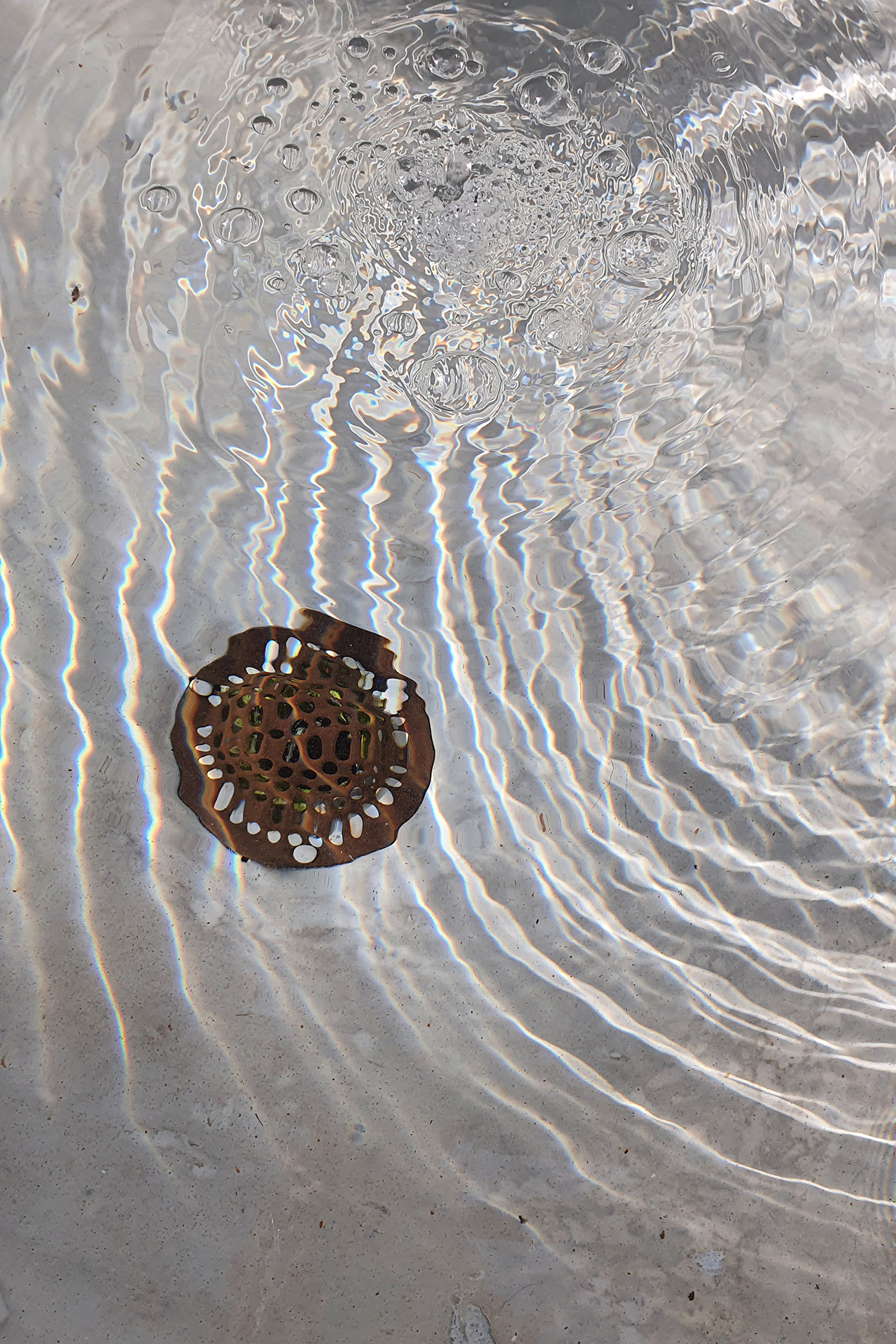


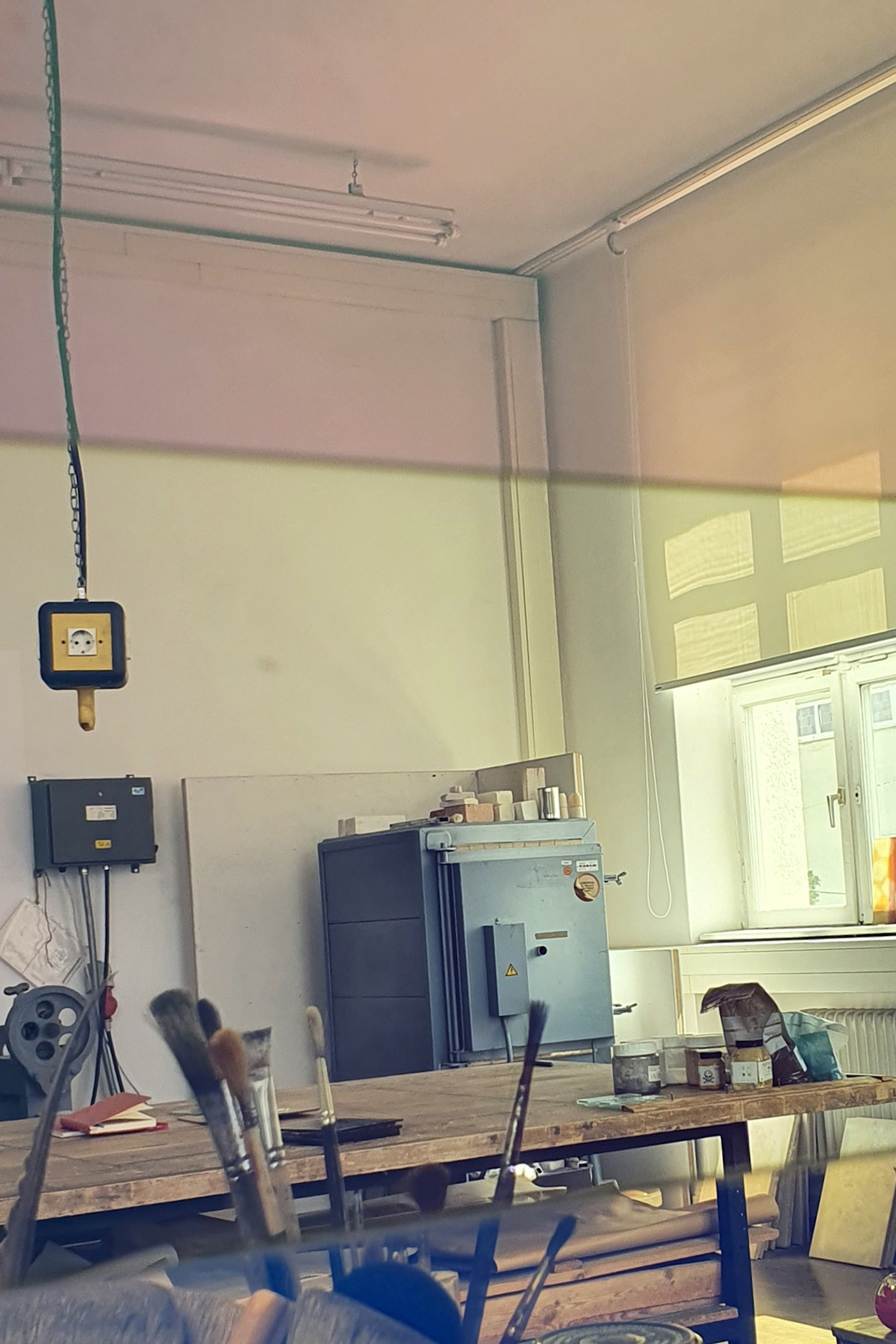

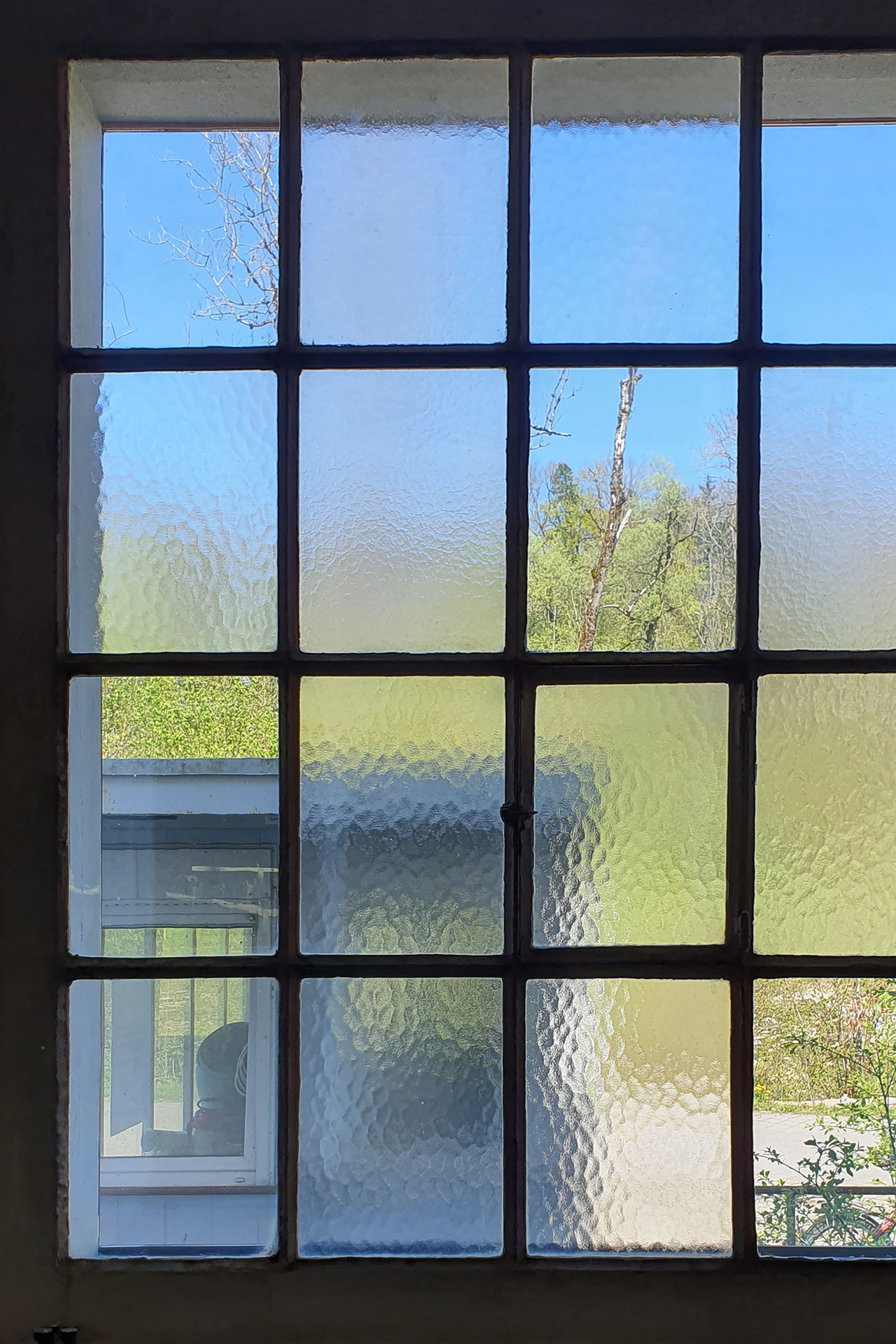
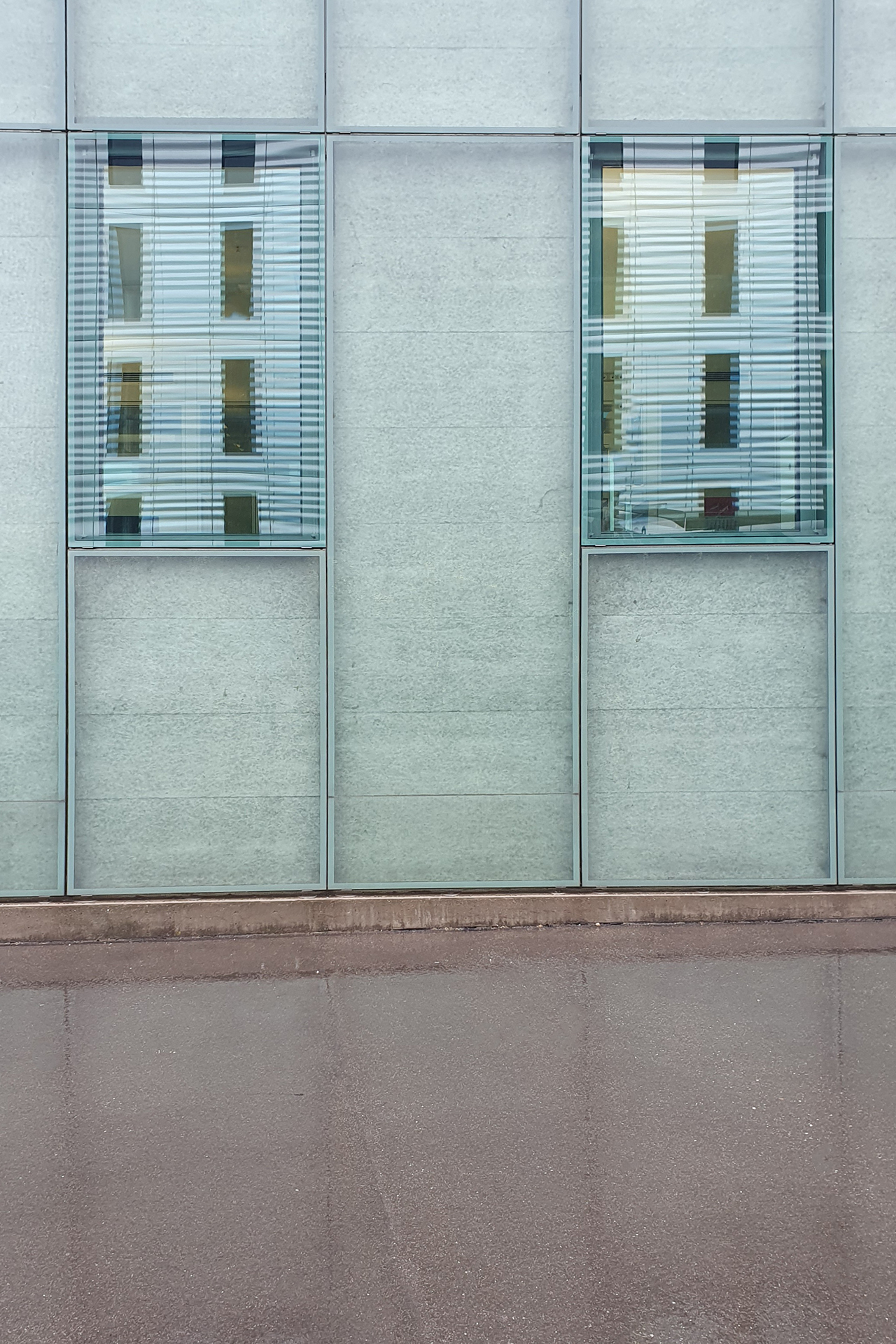
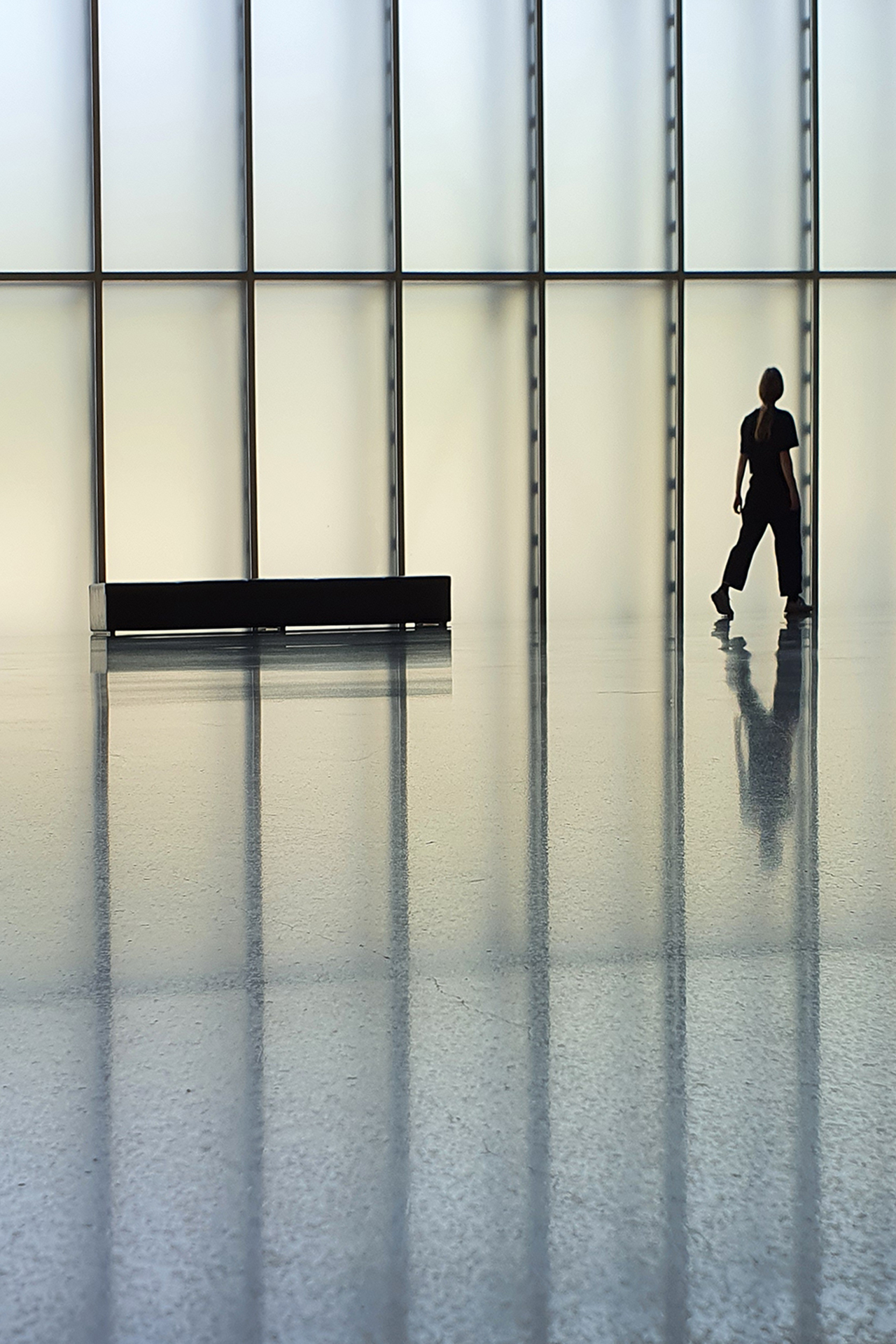
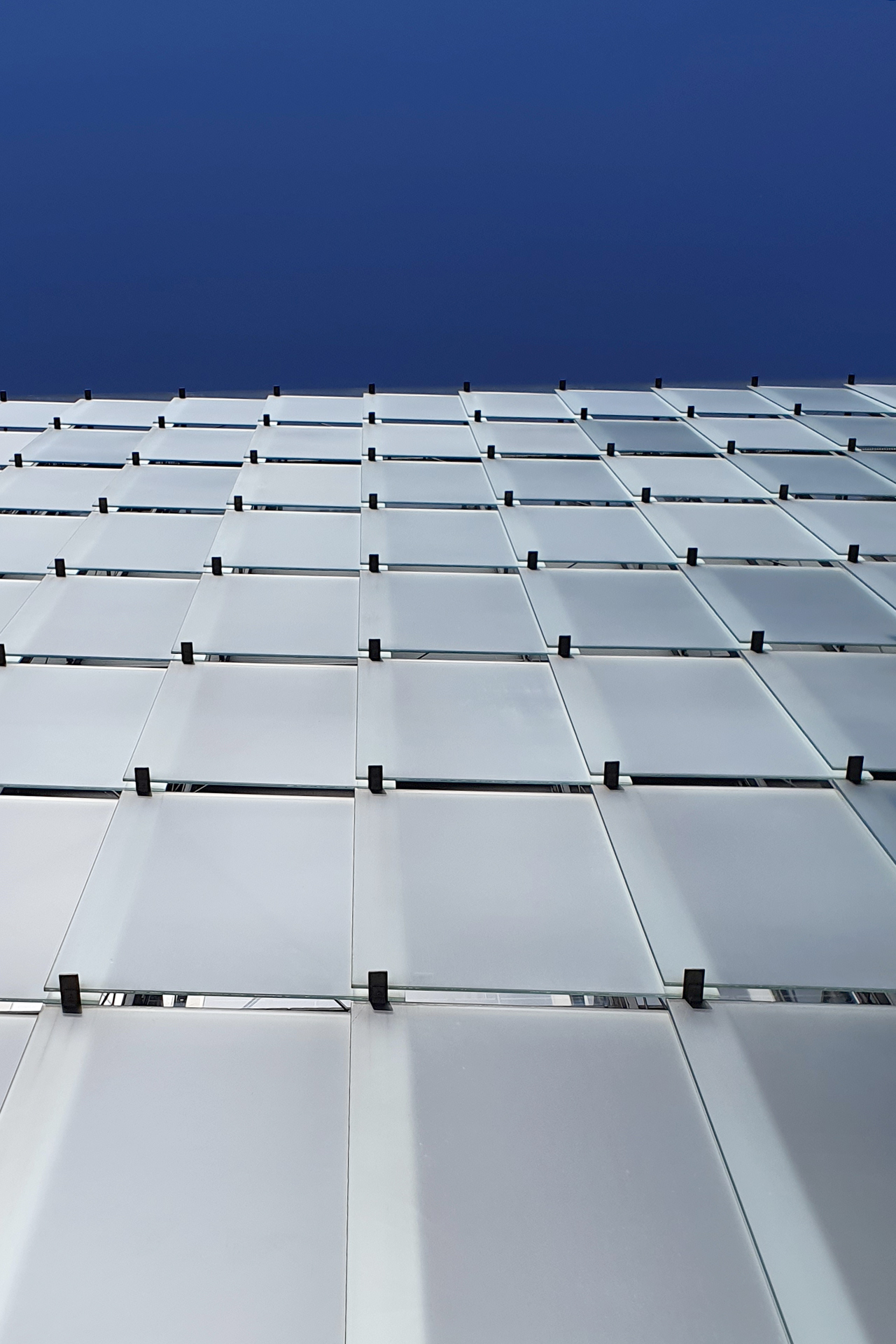
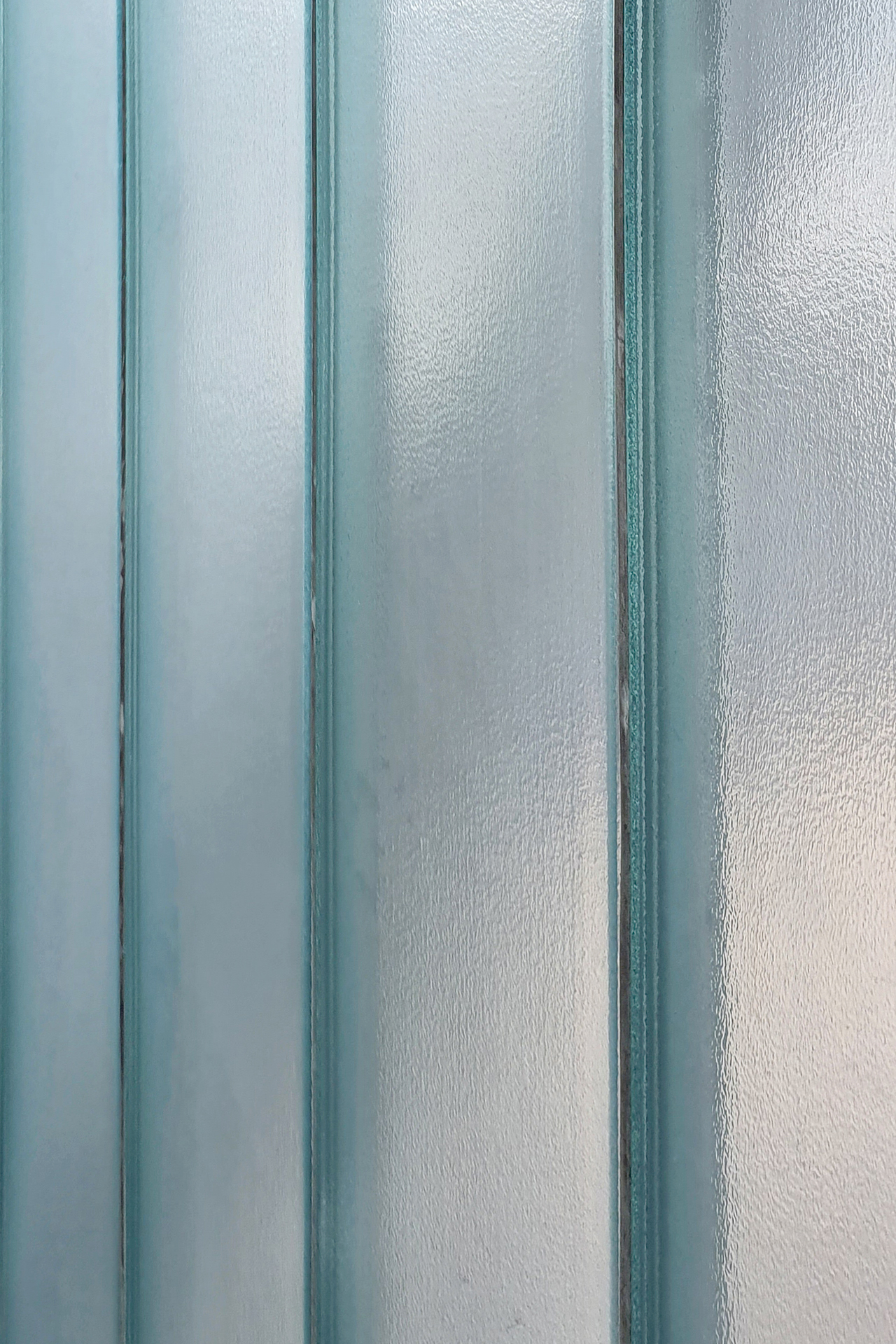
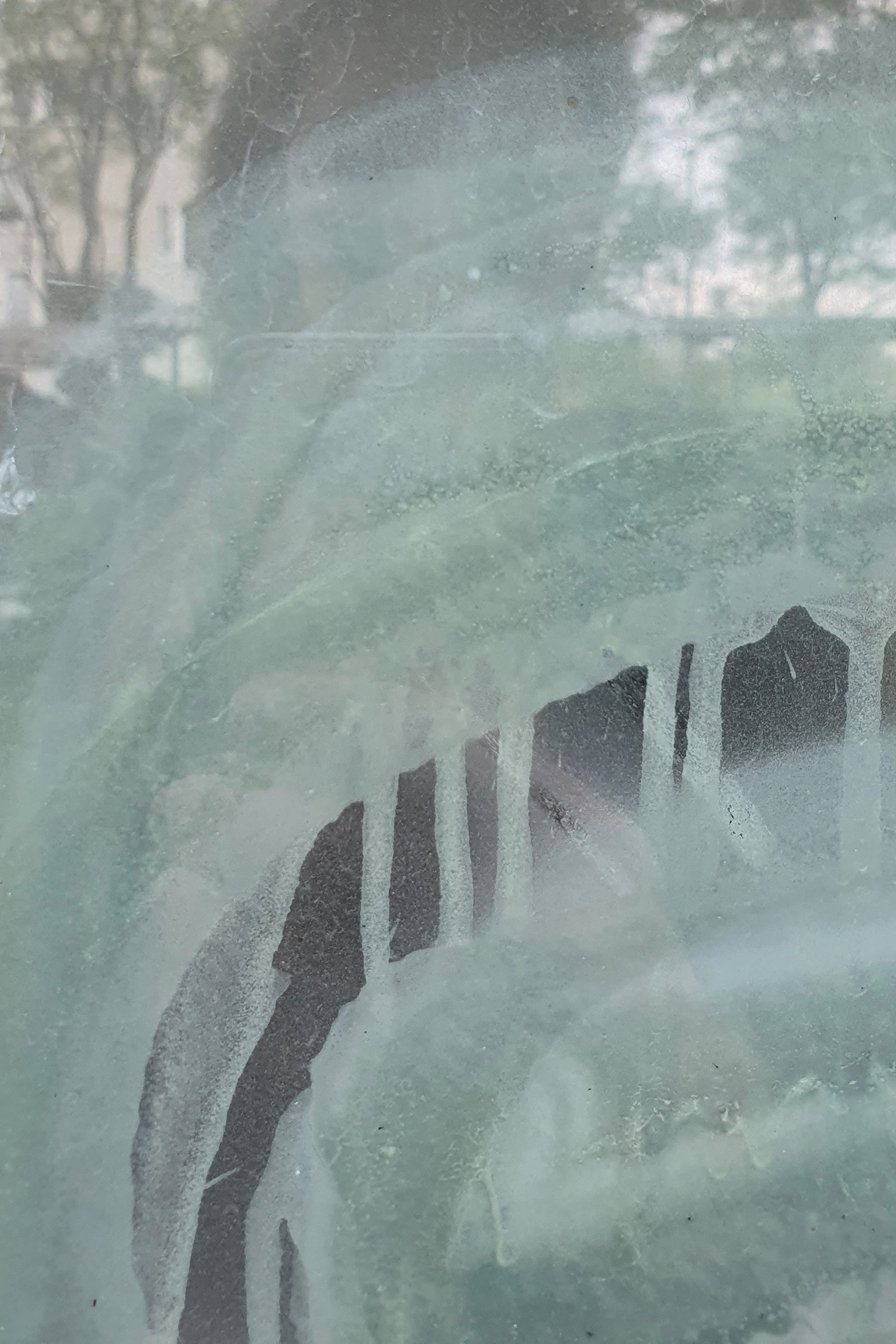
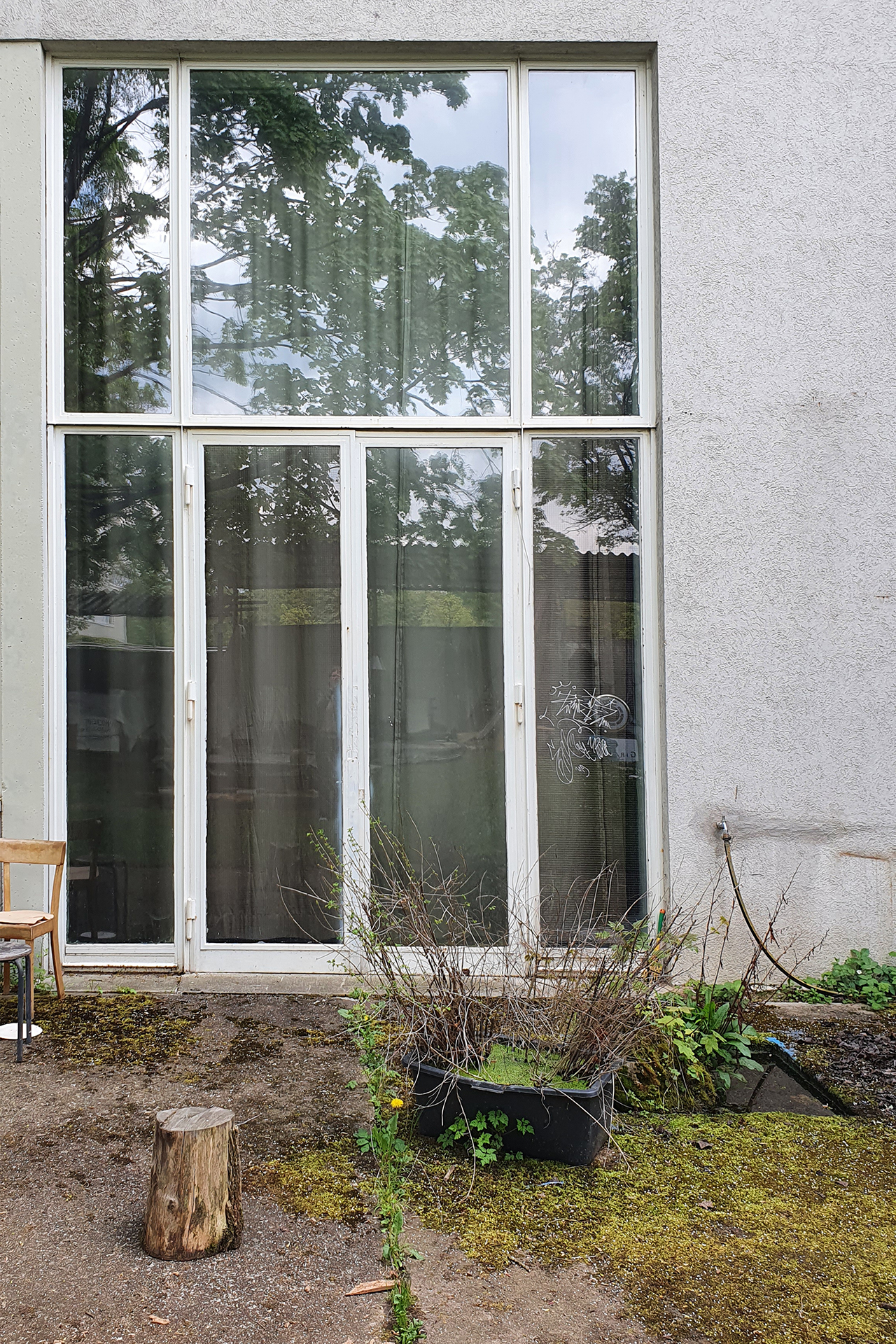

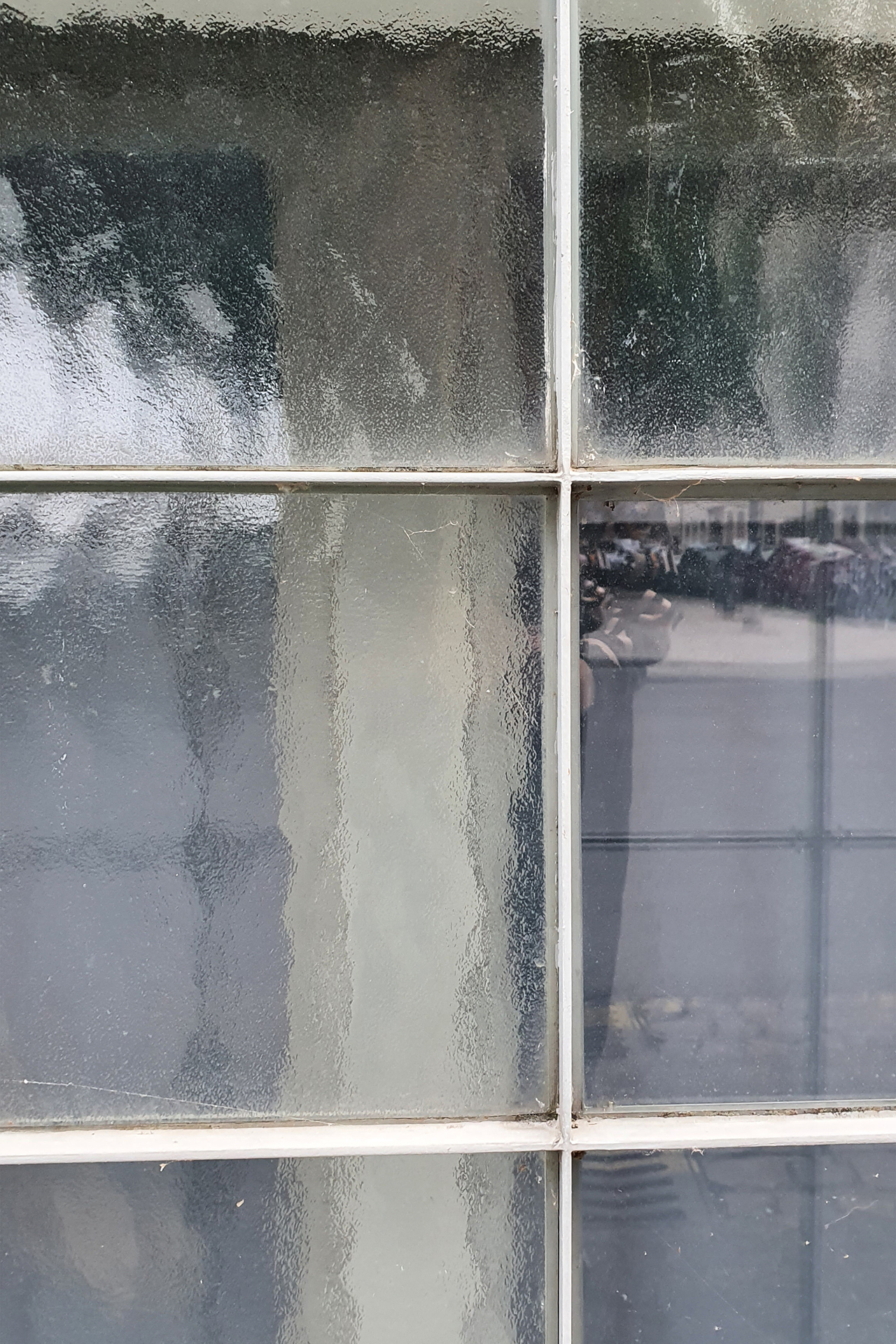
All the scenes shown were photographed by Kathrin Alischer.
